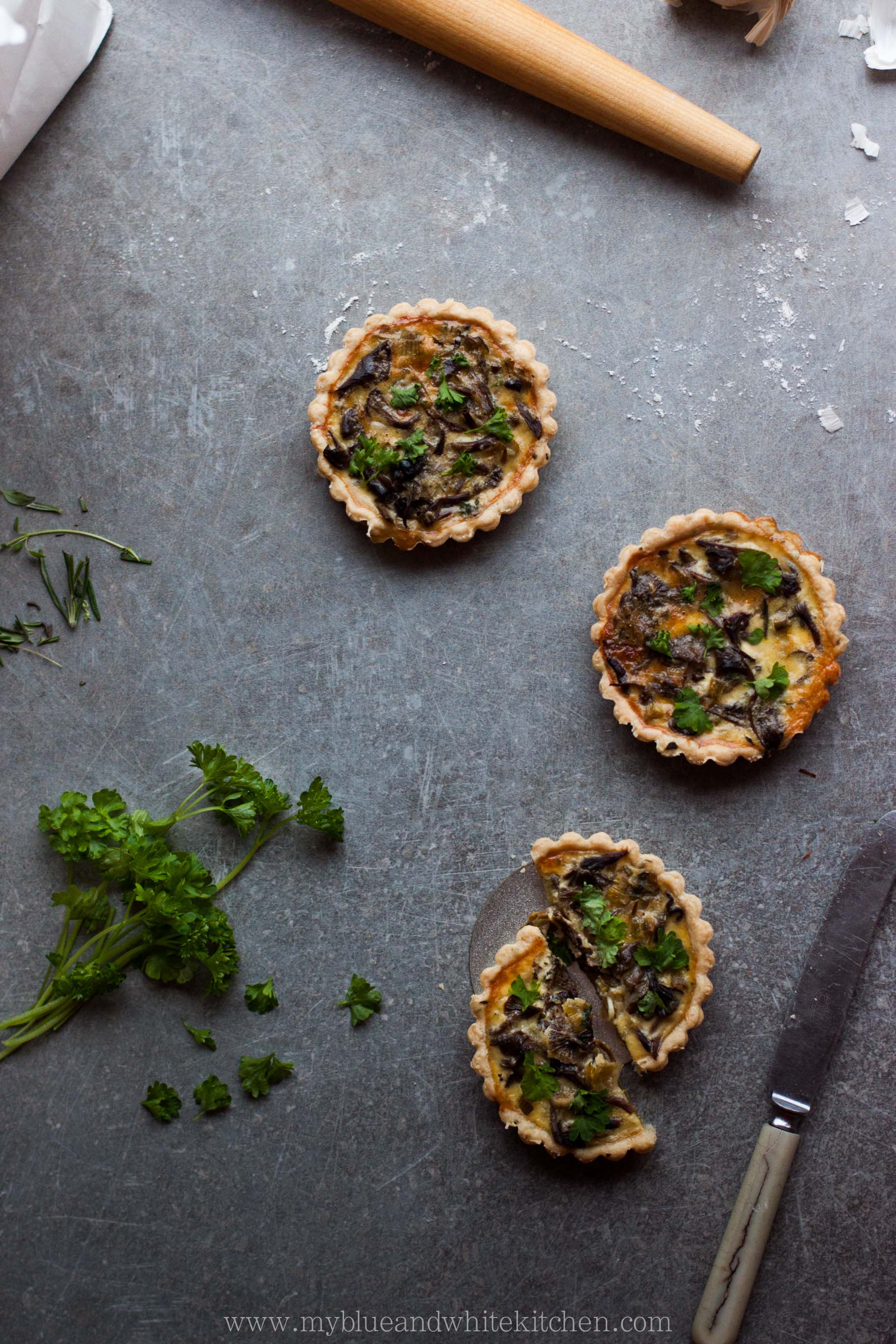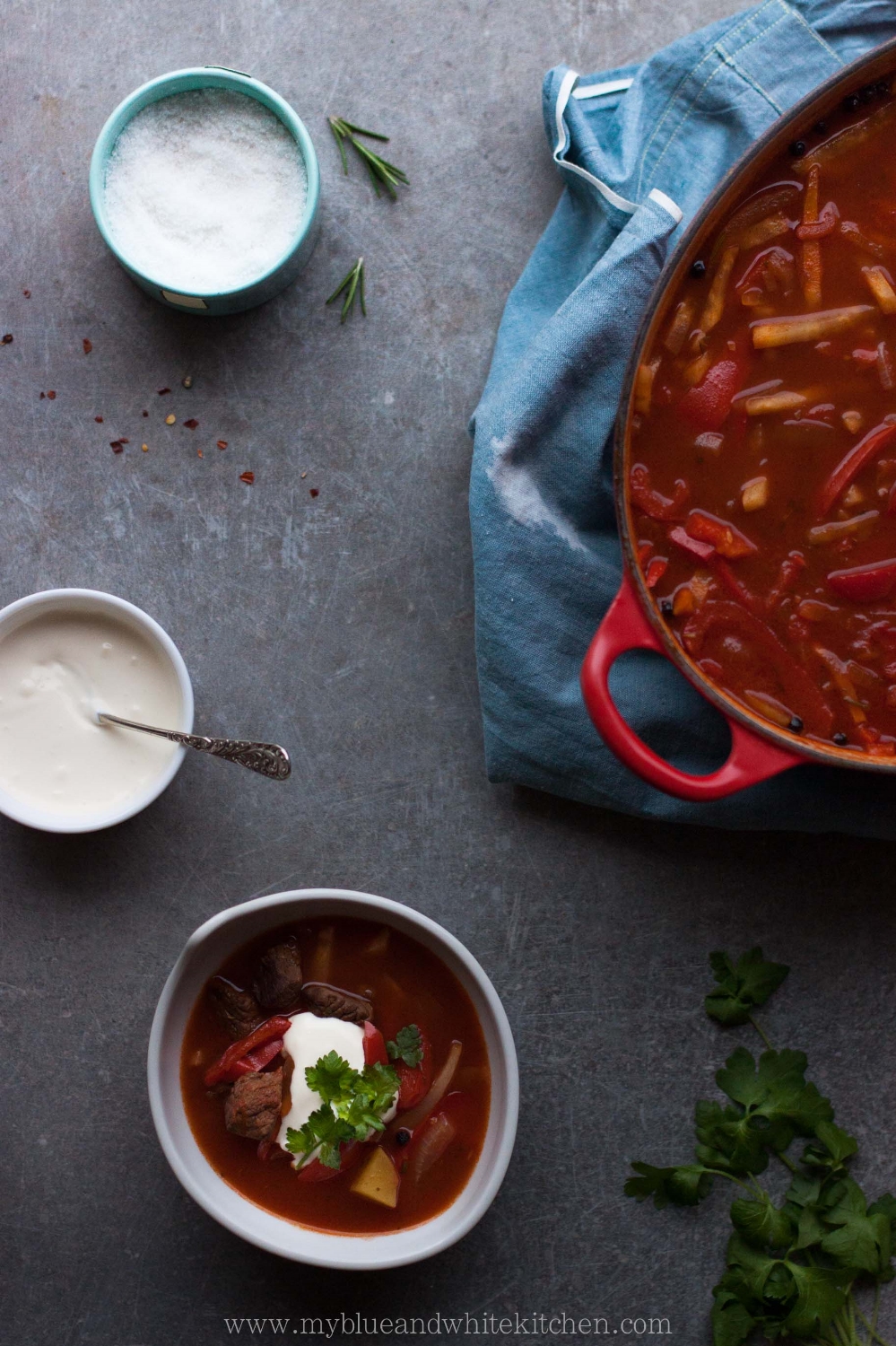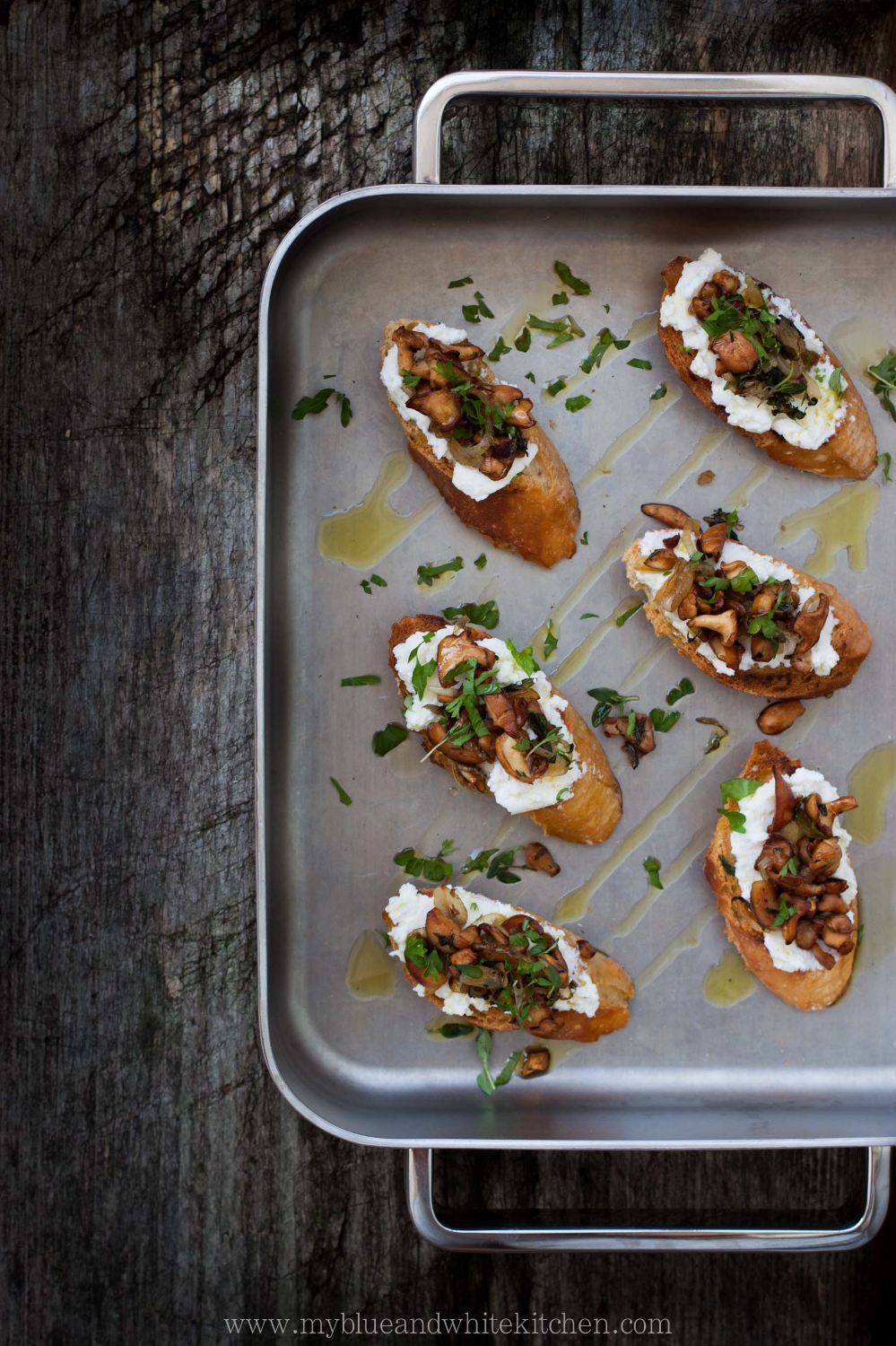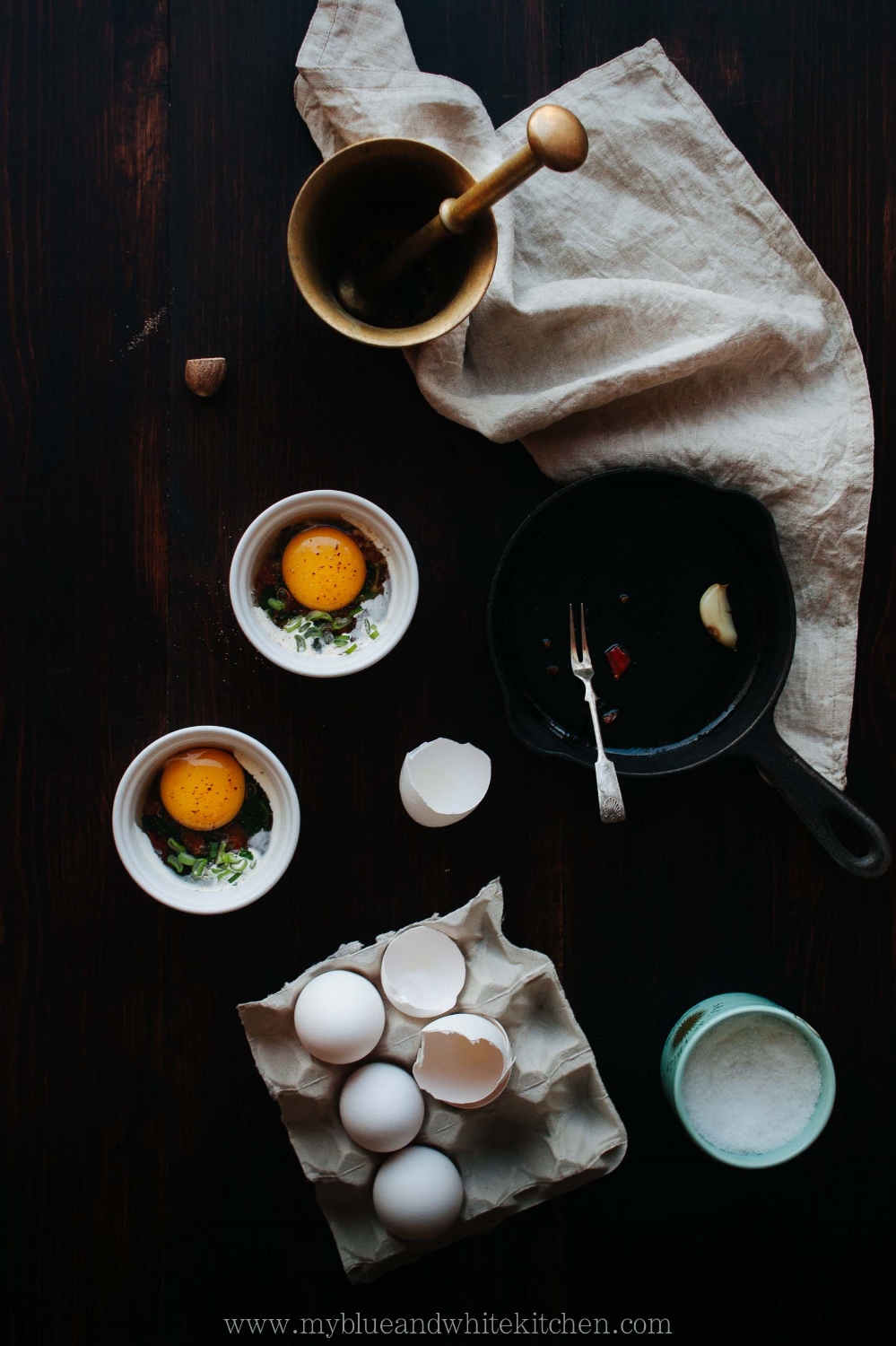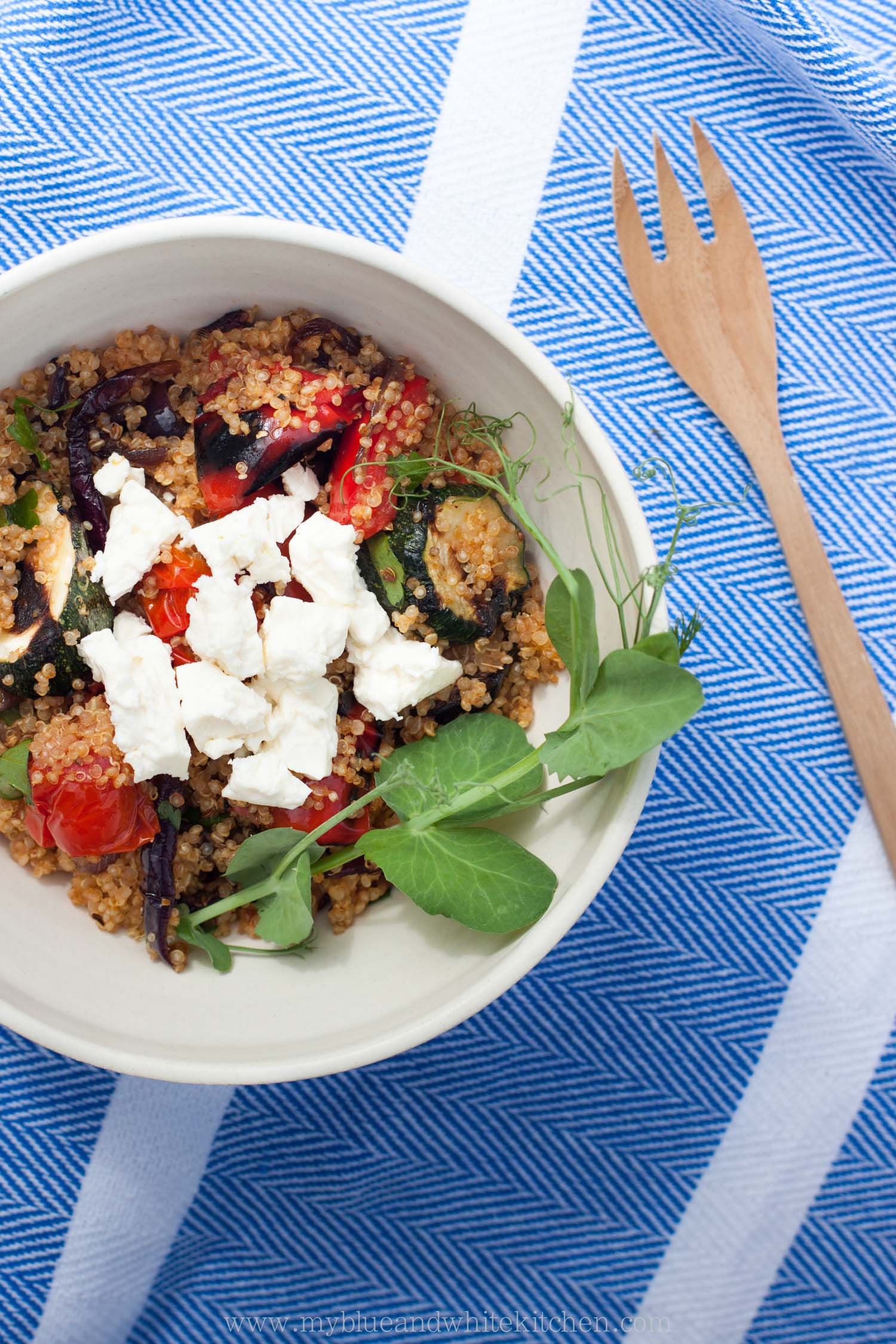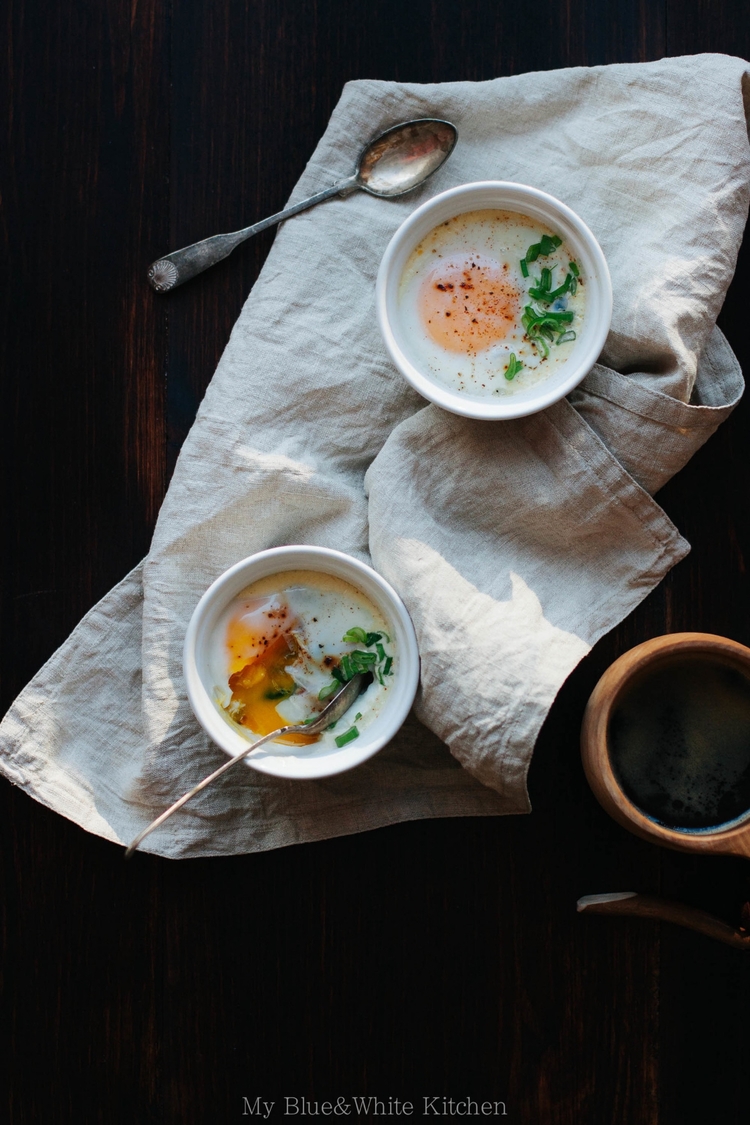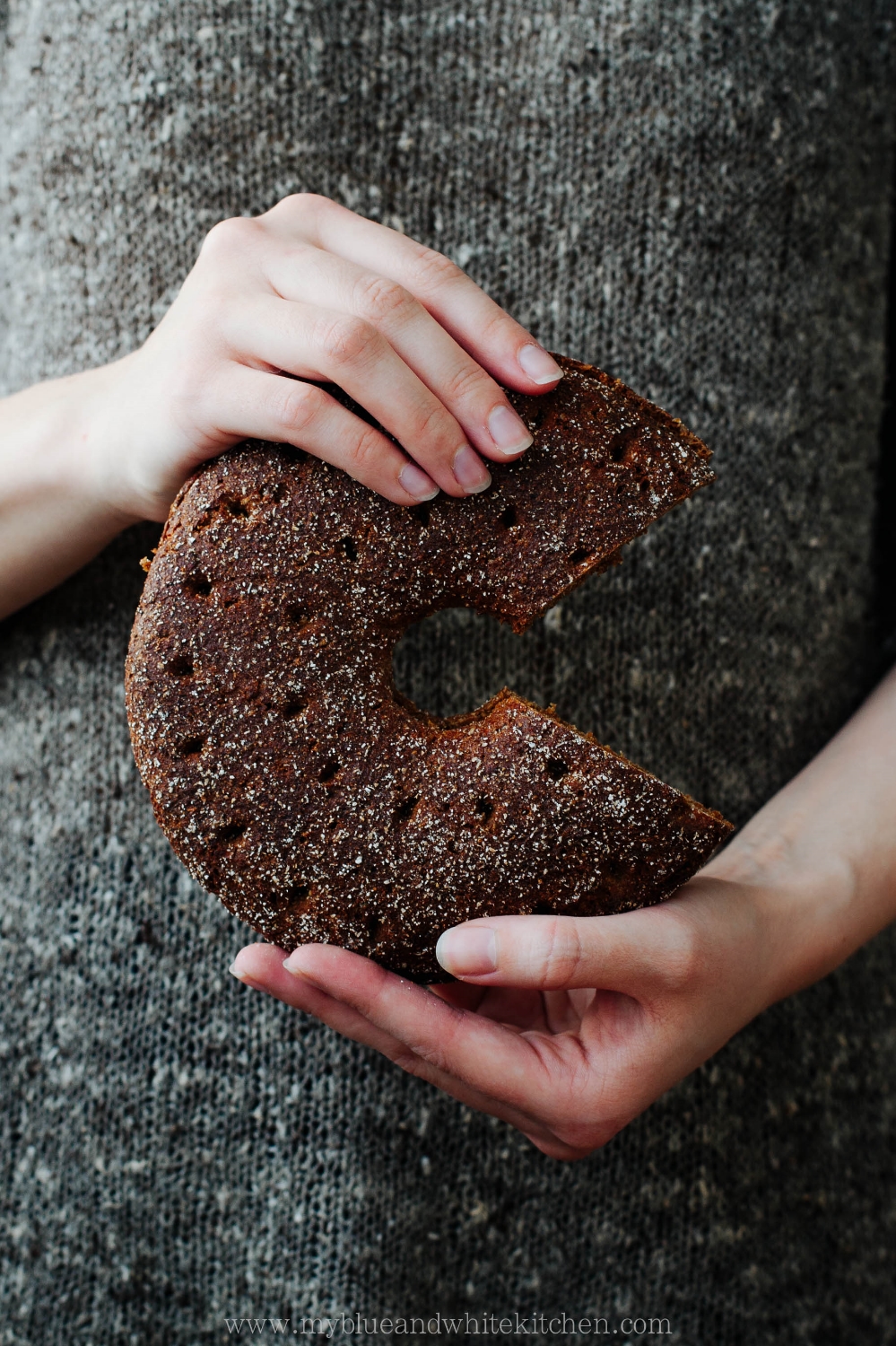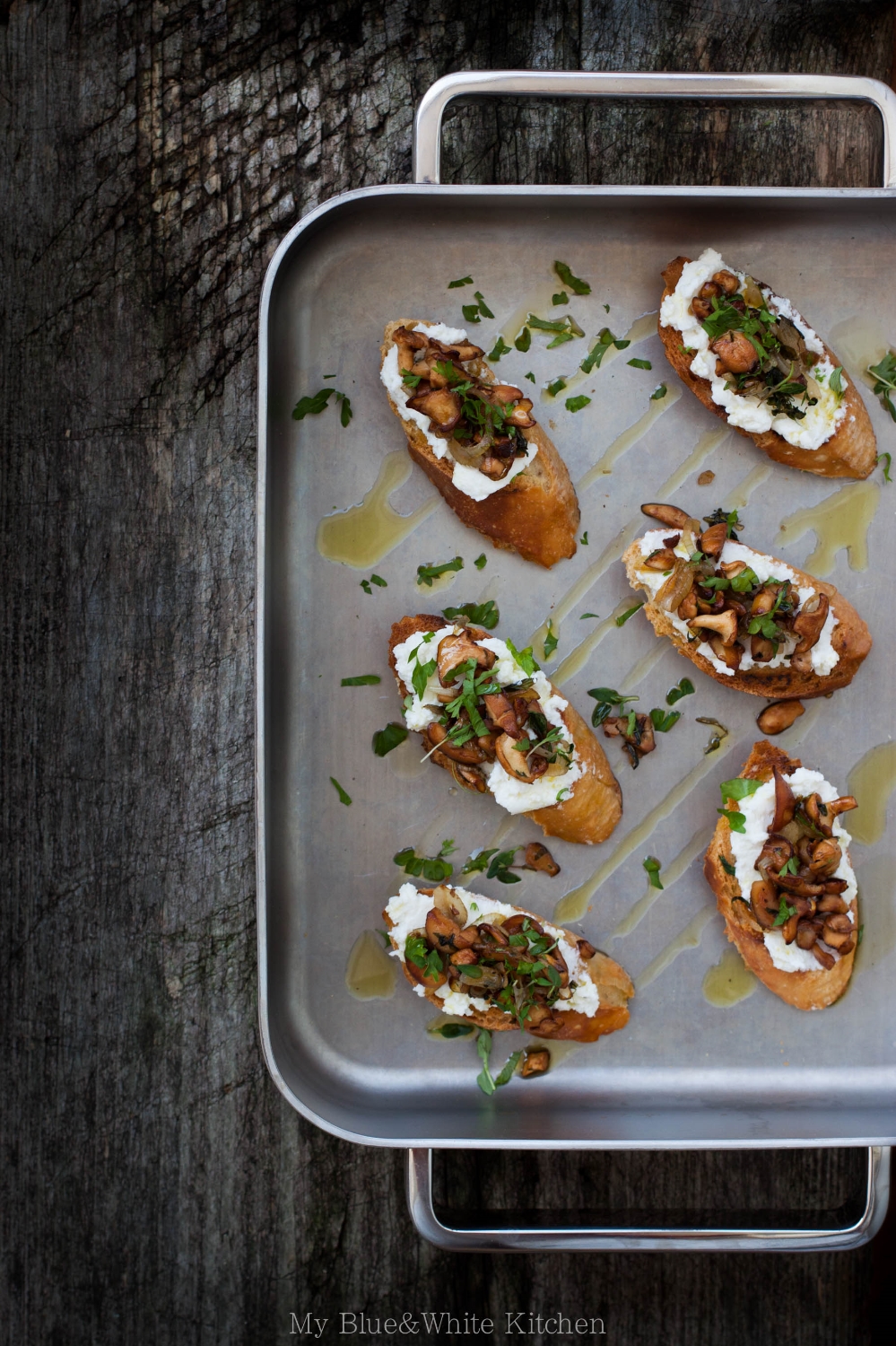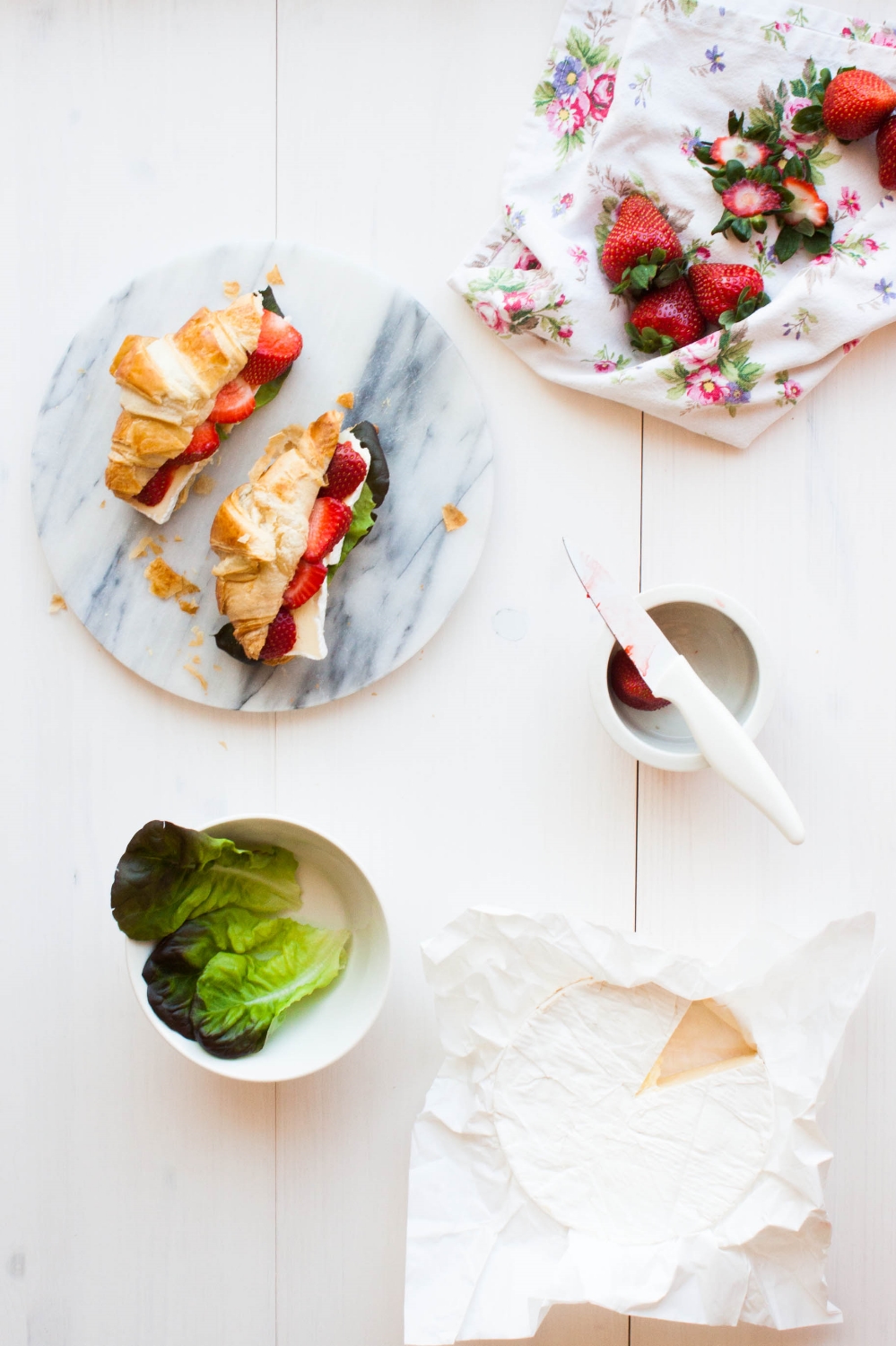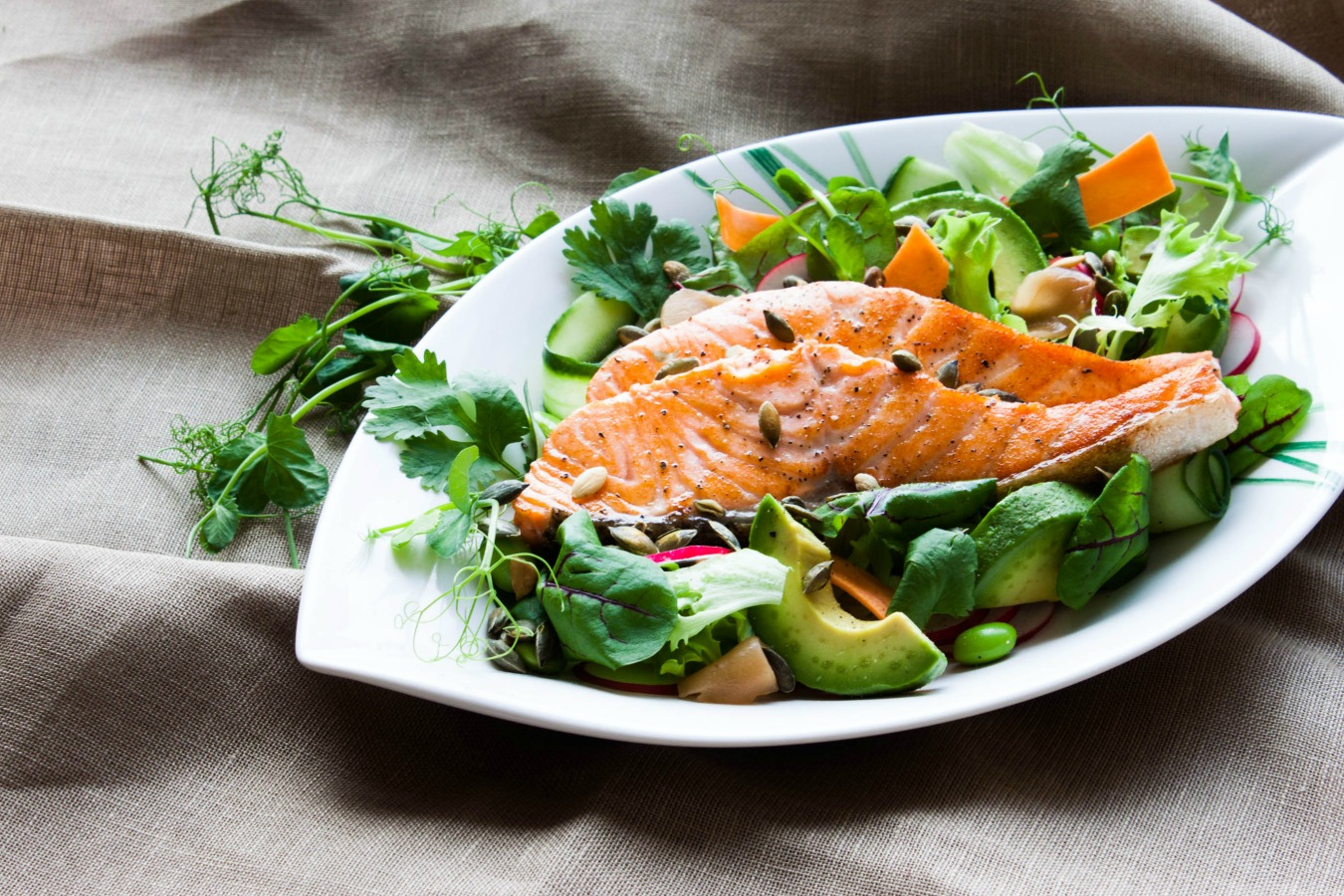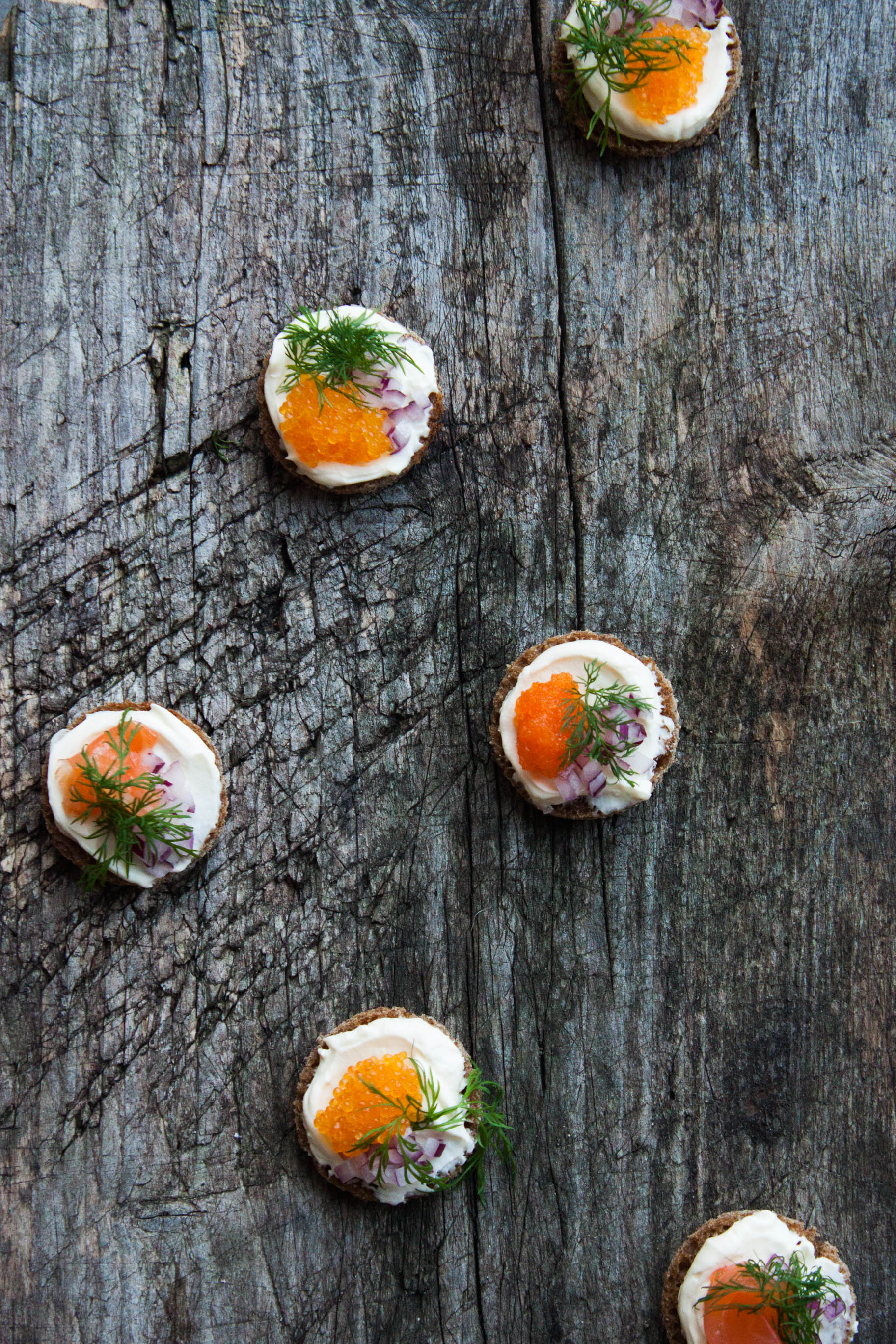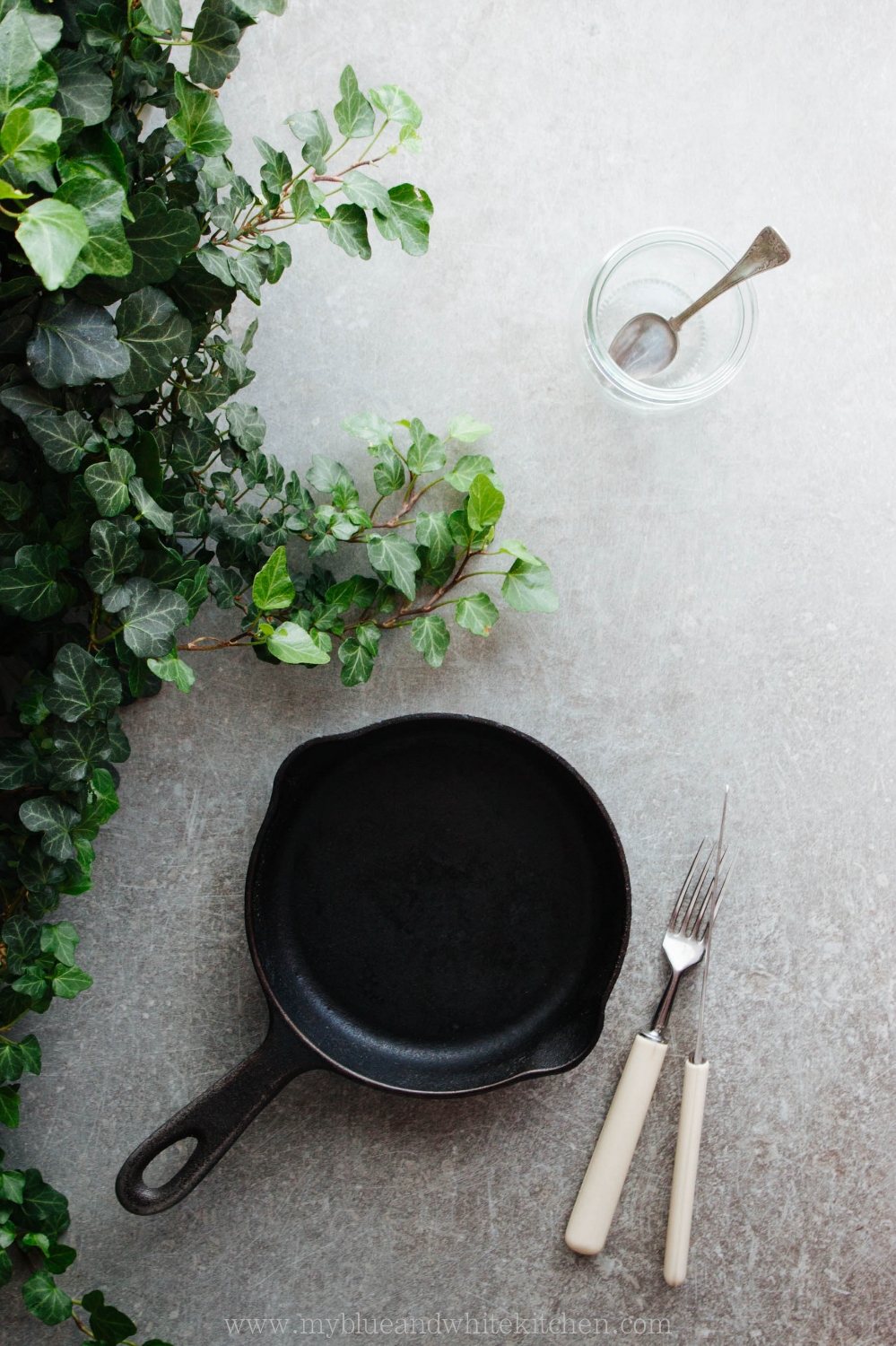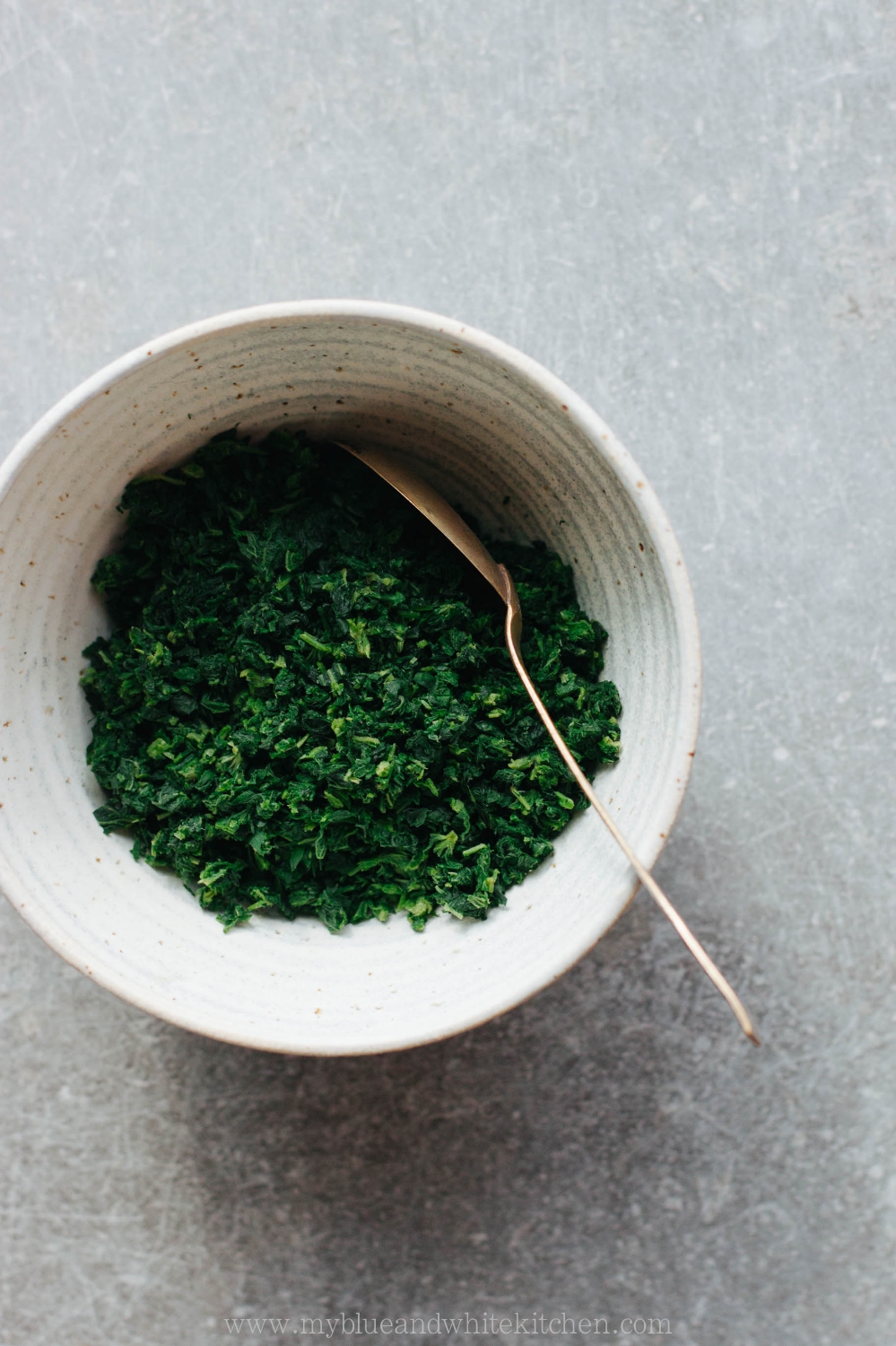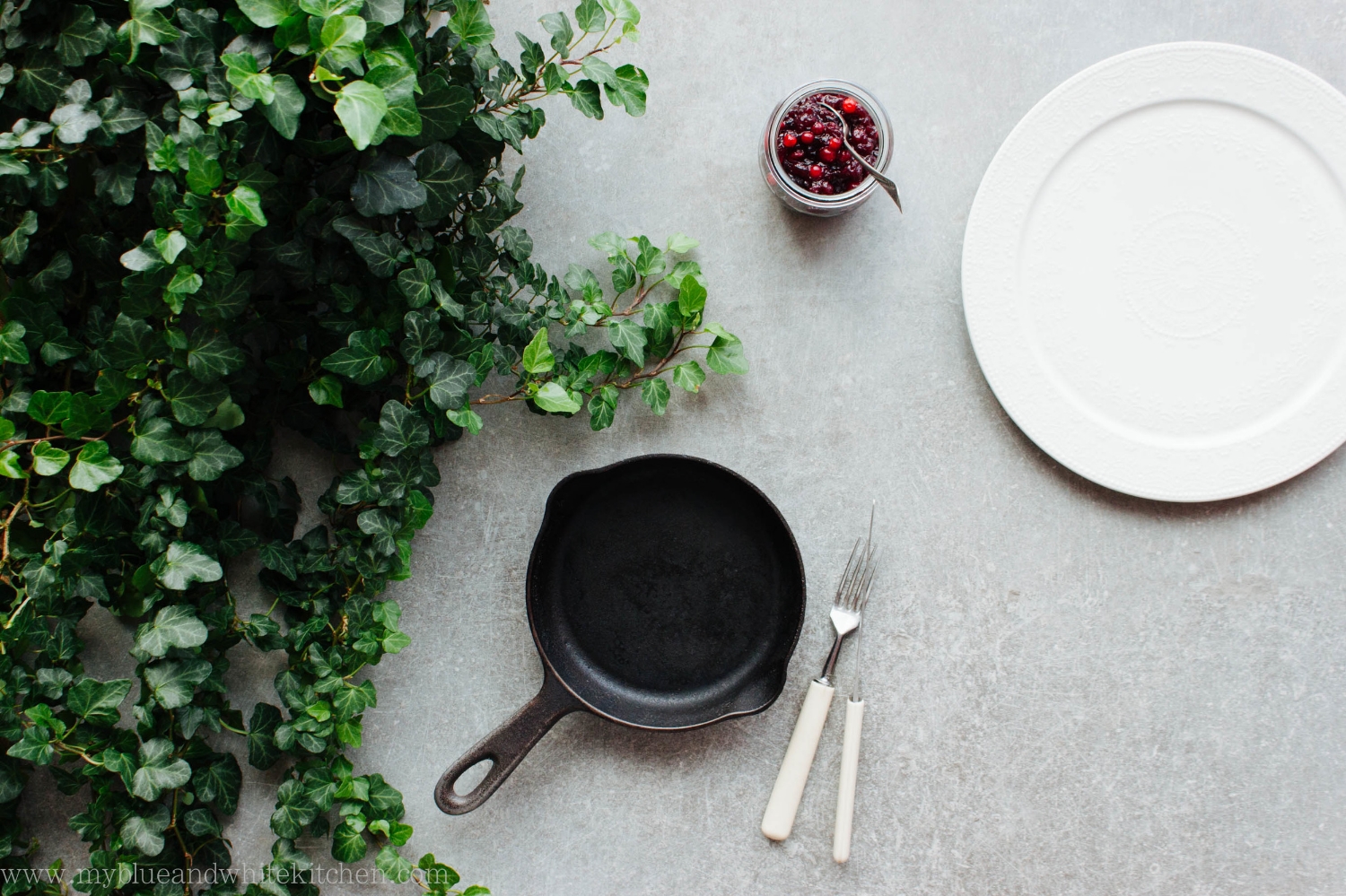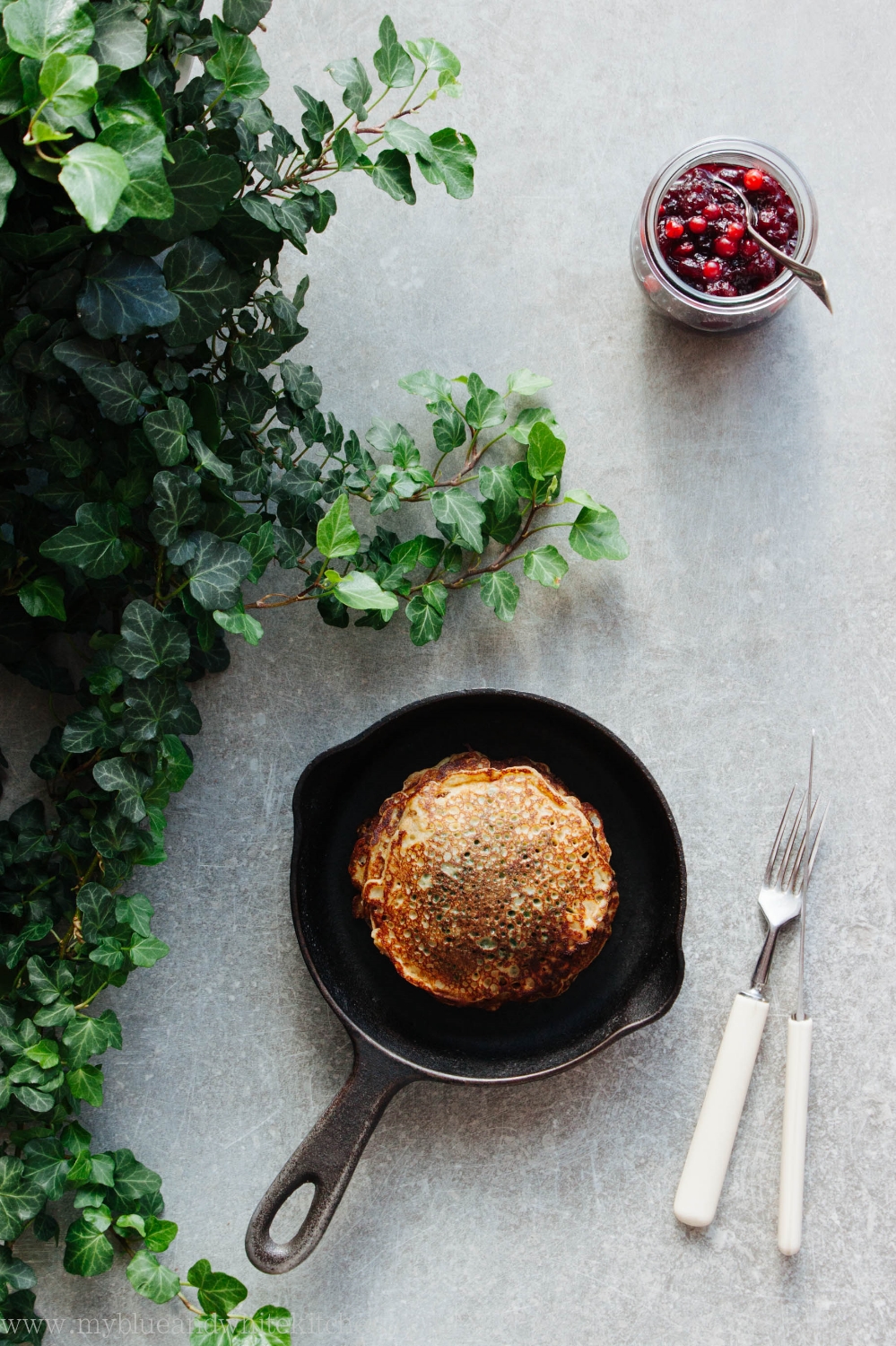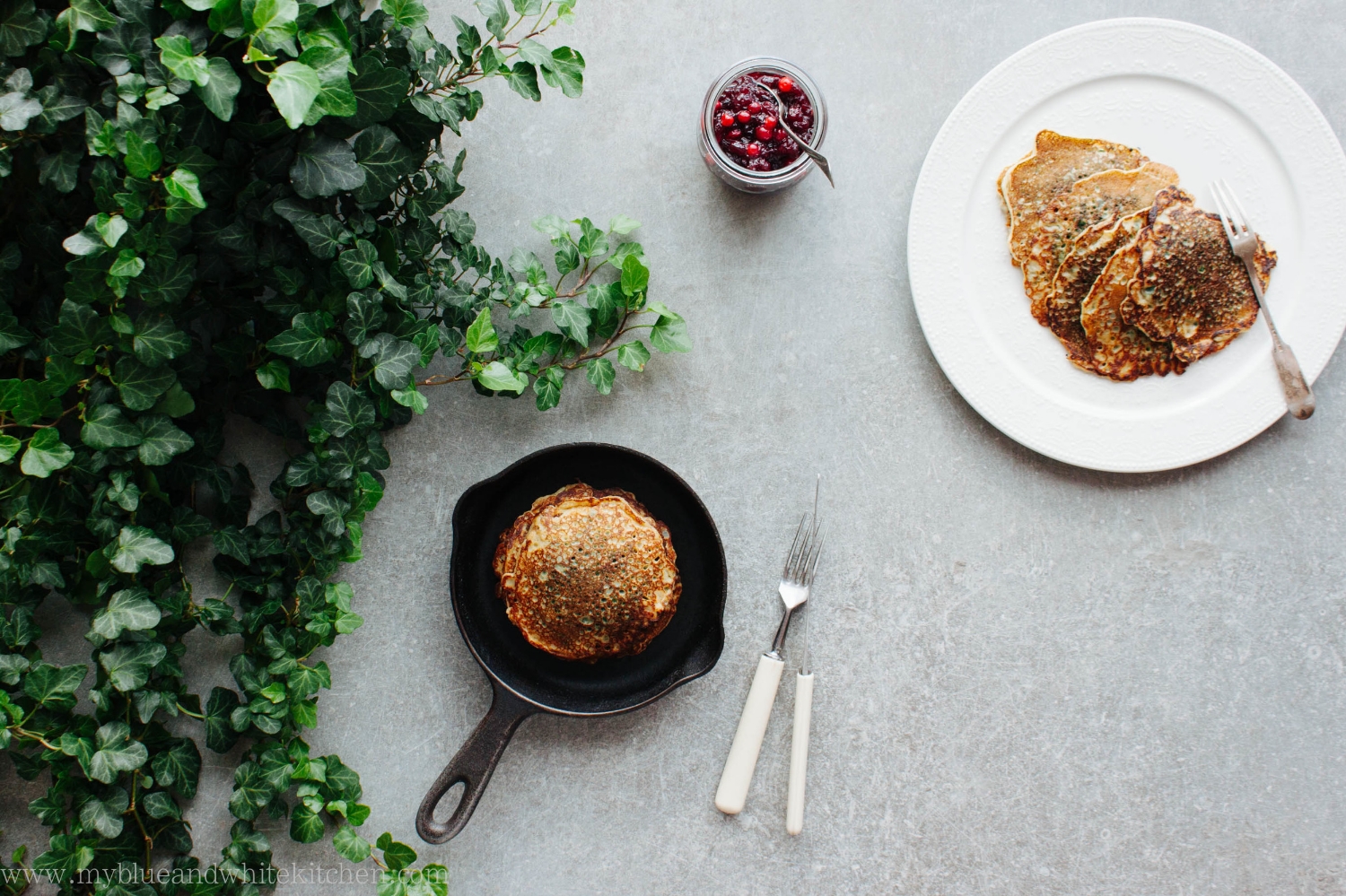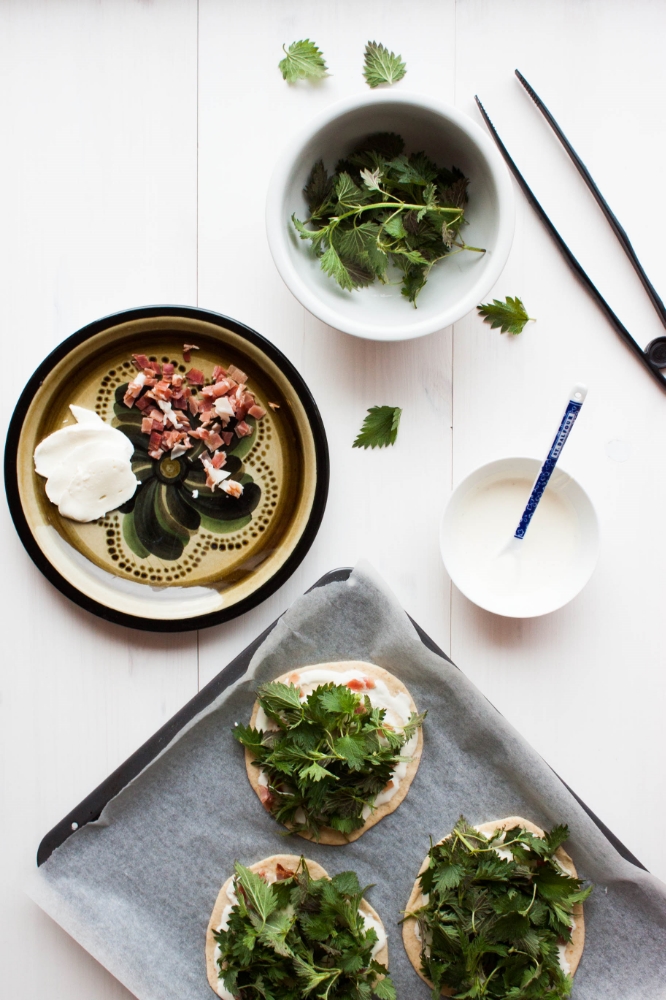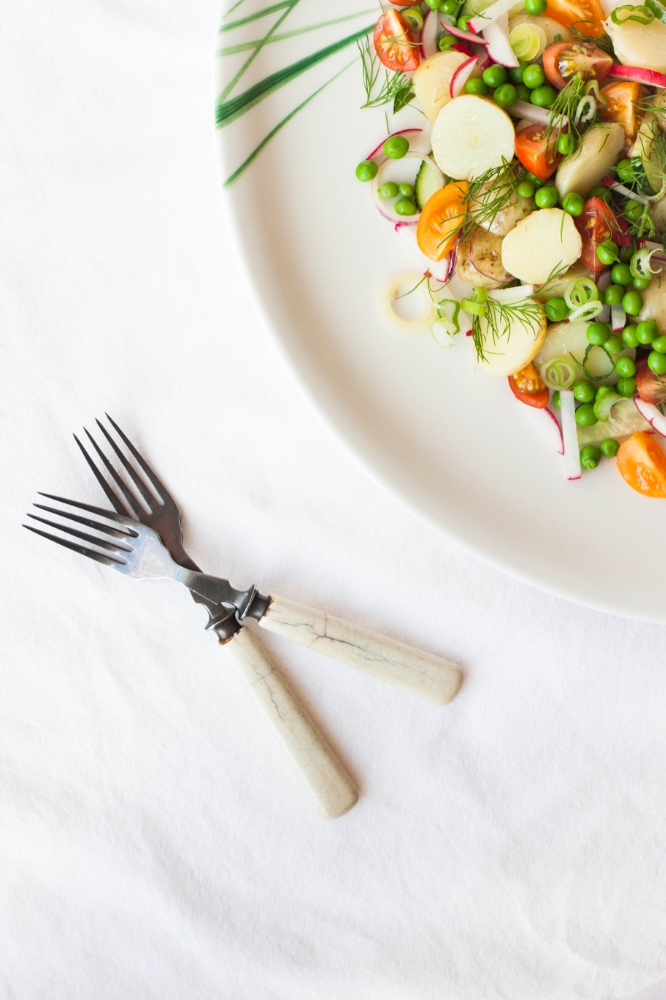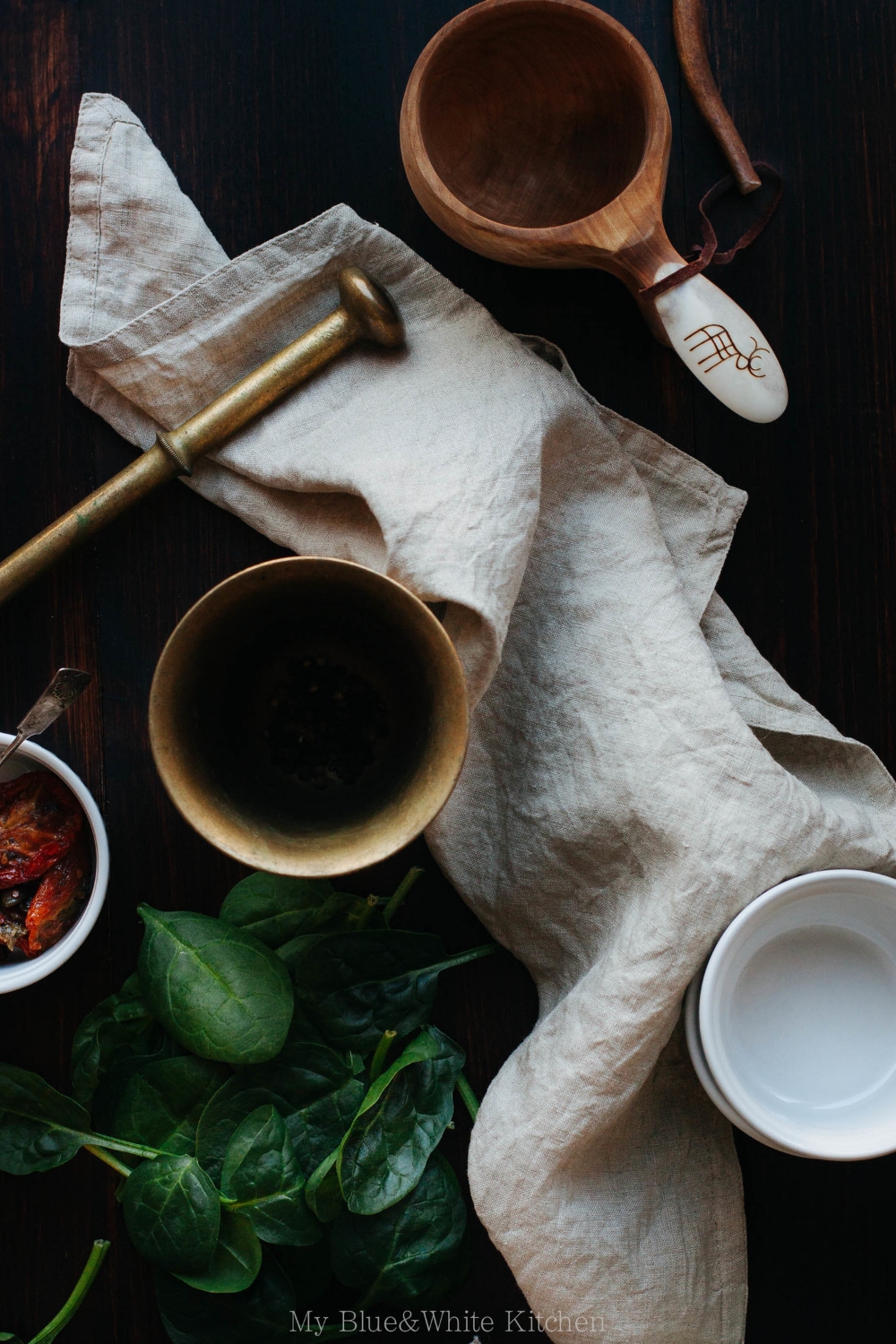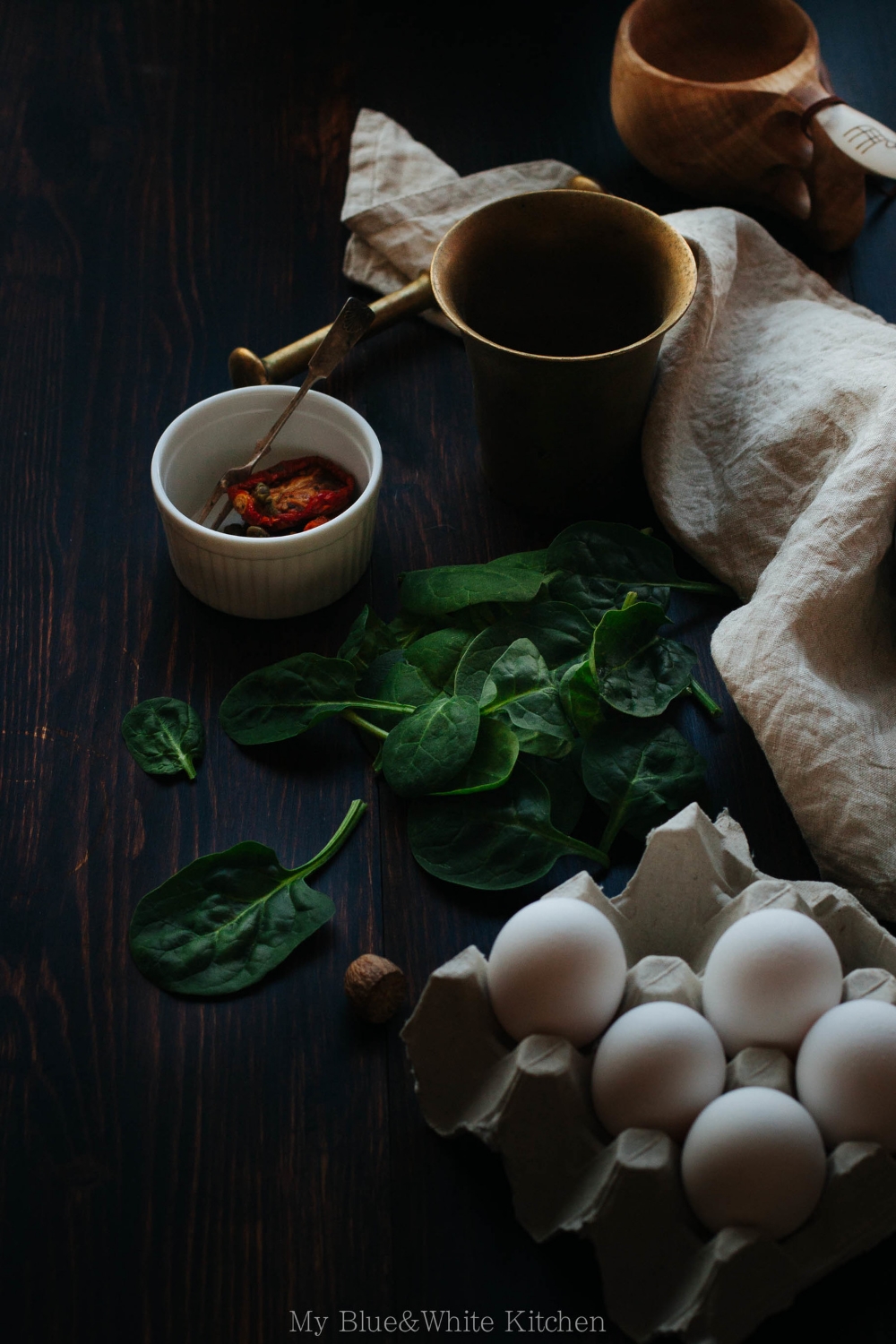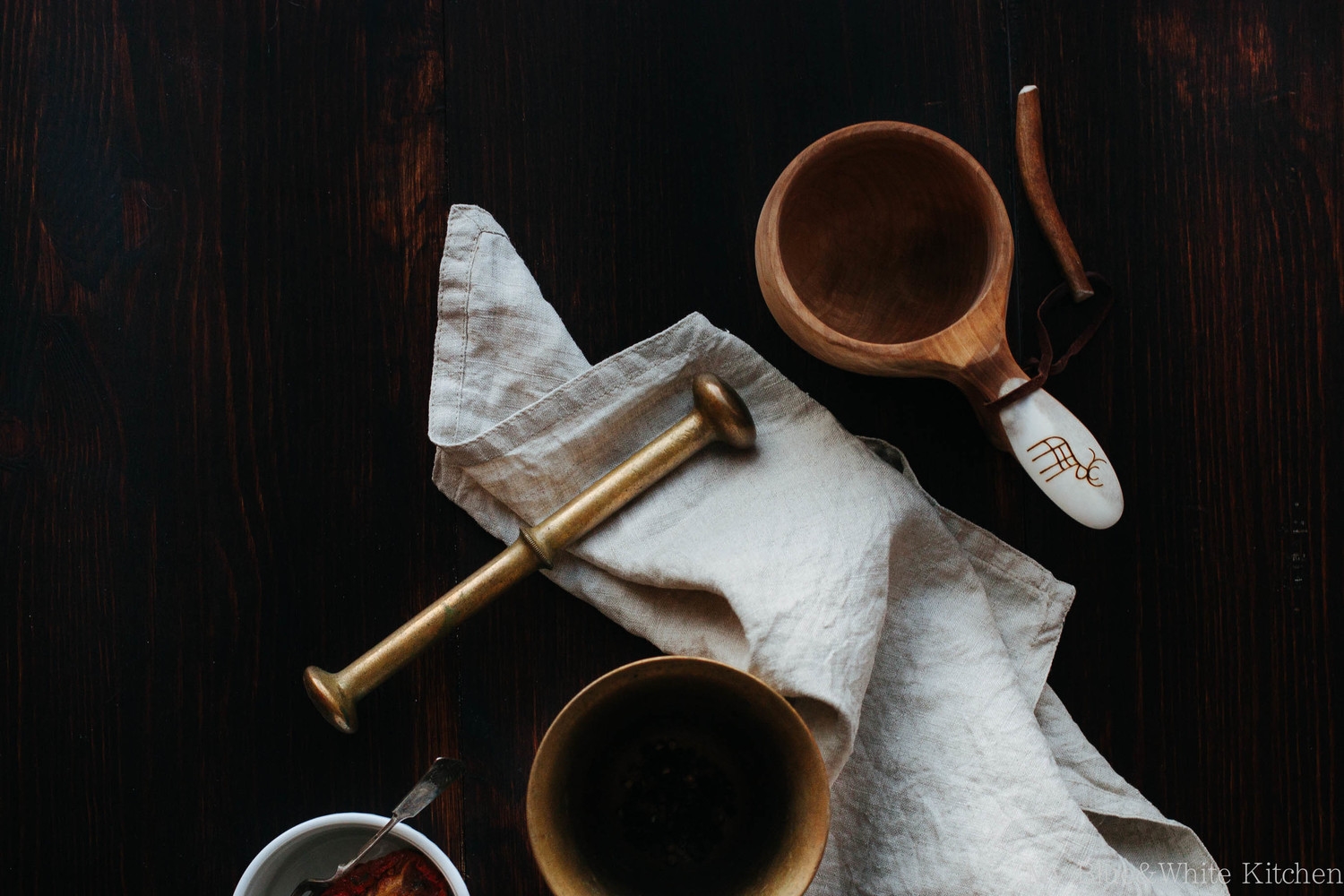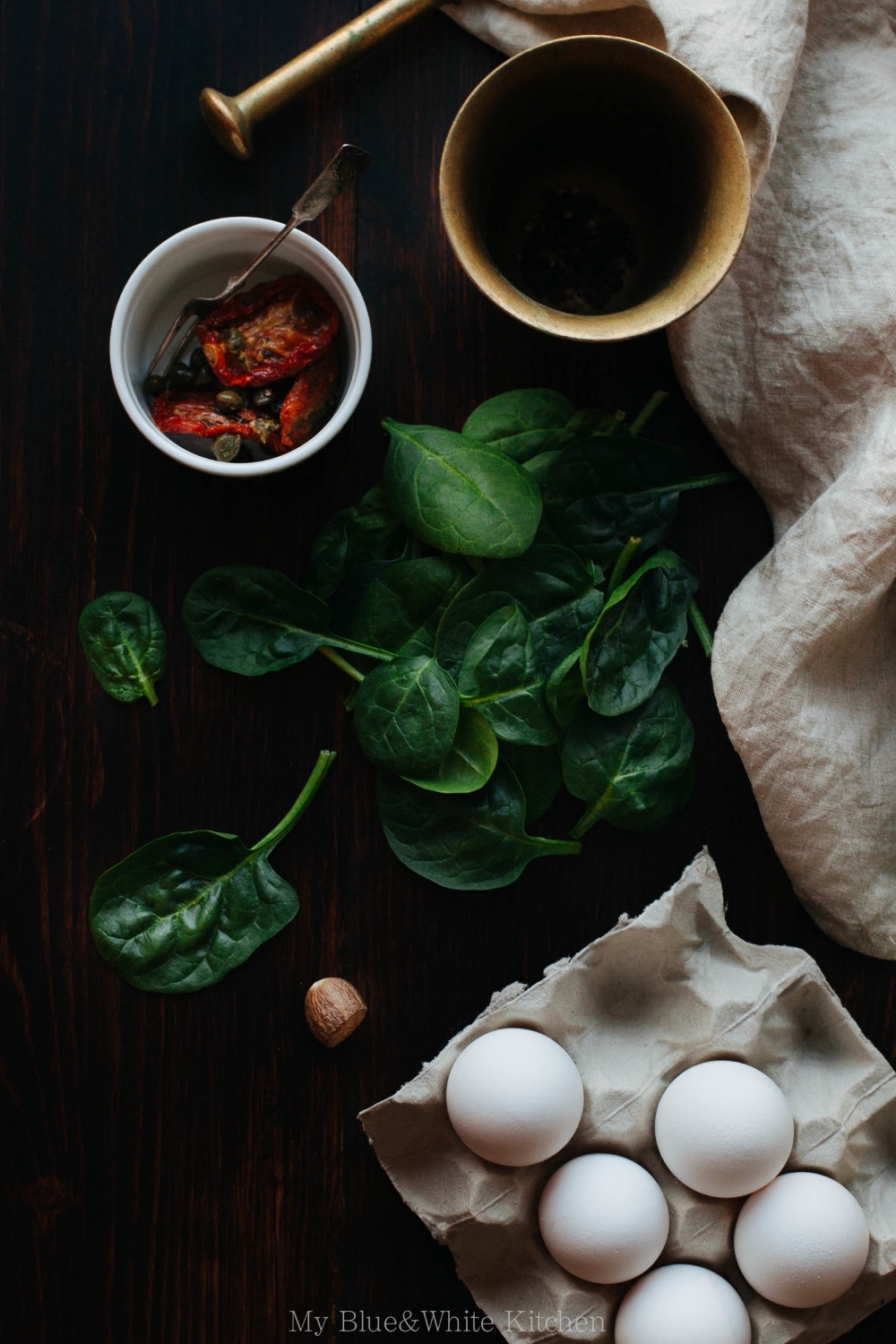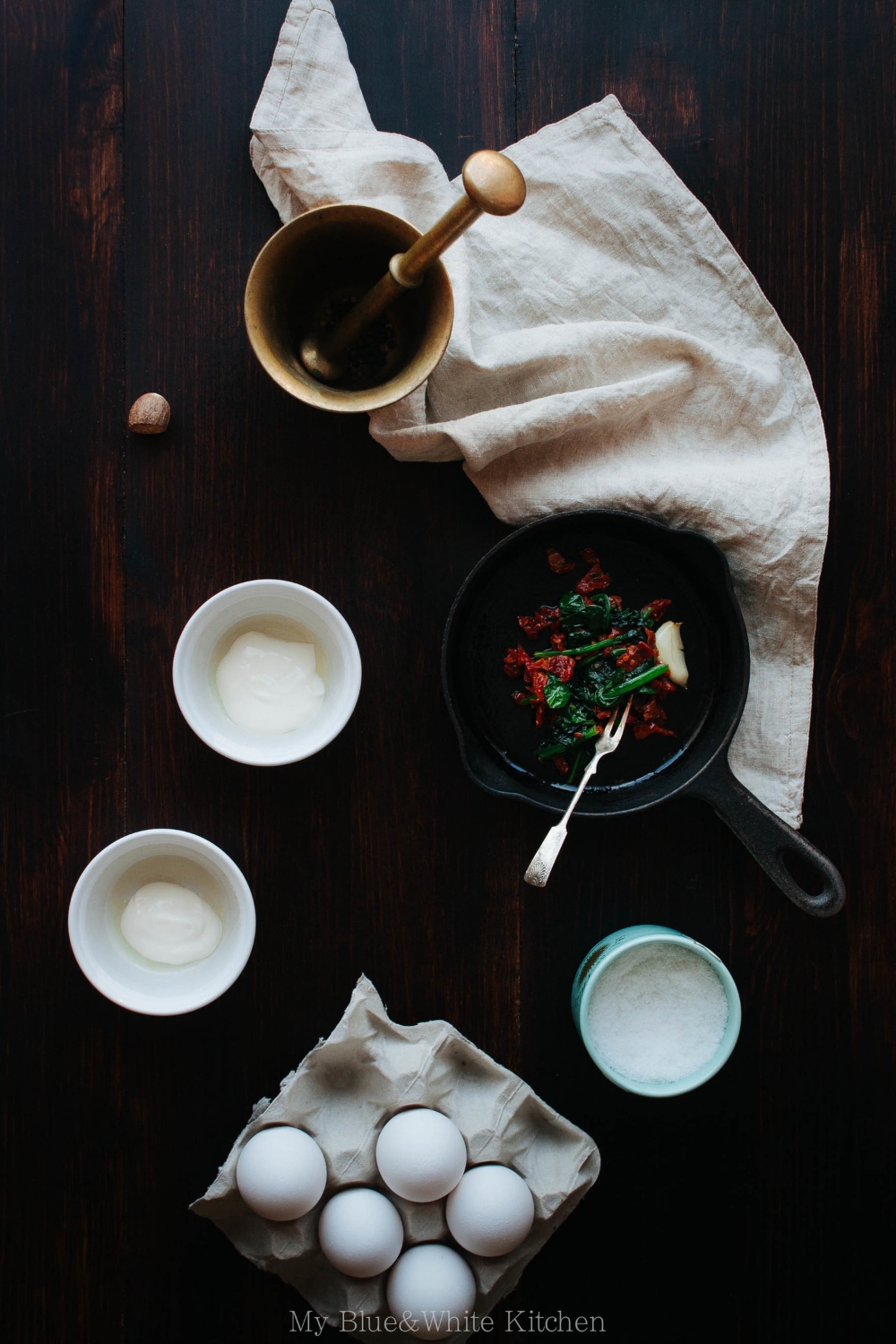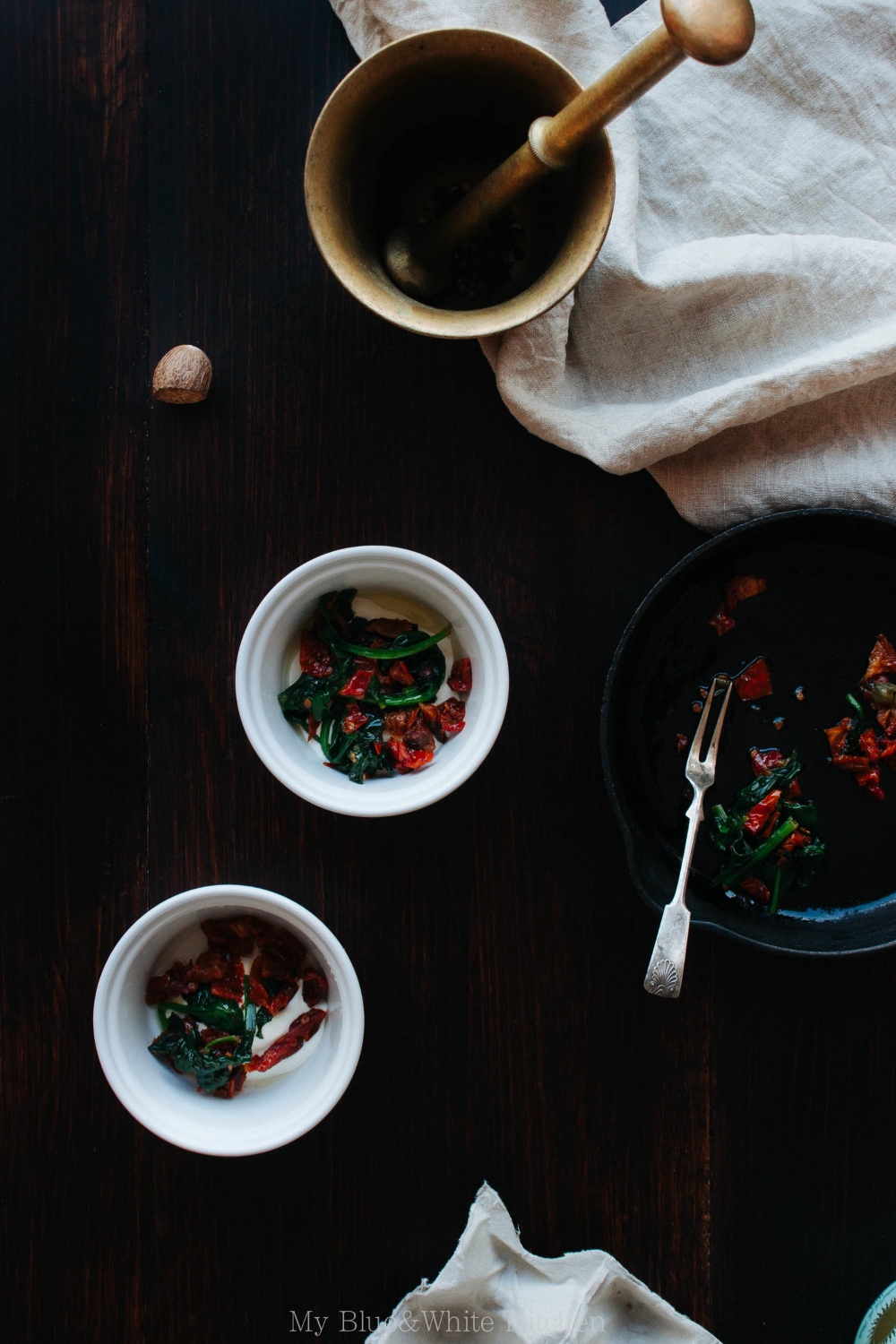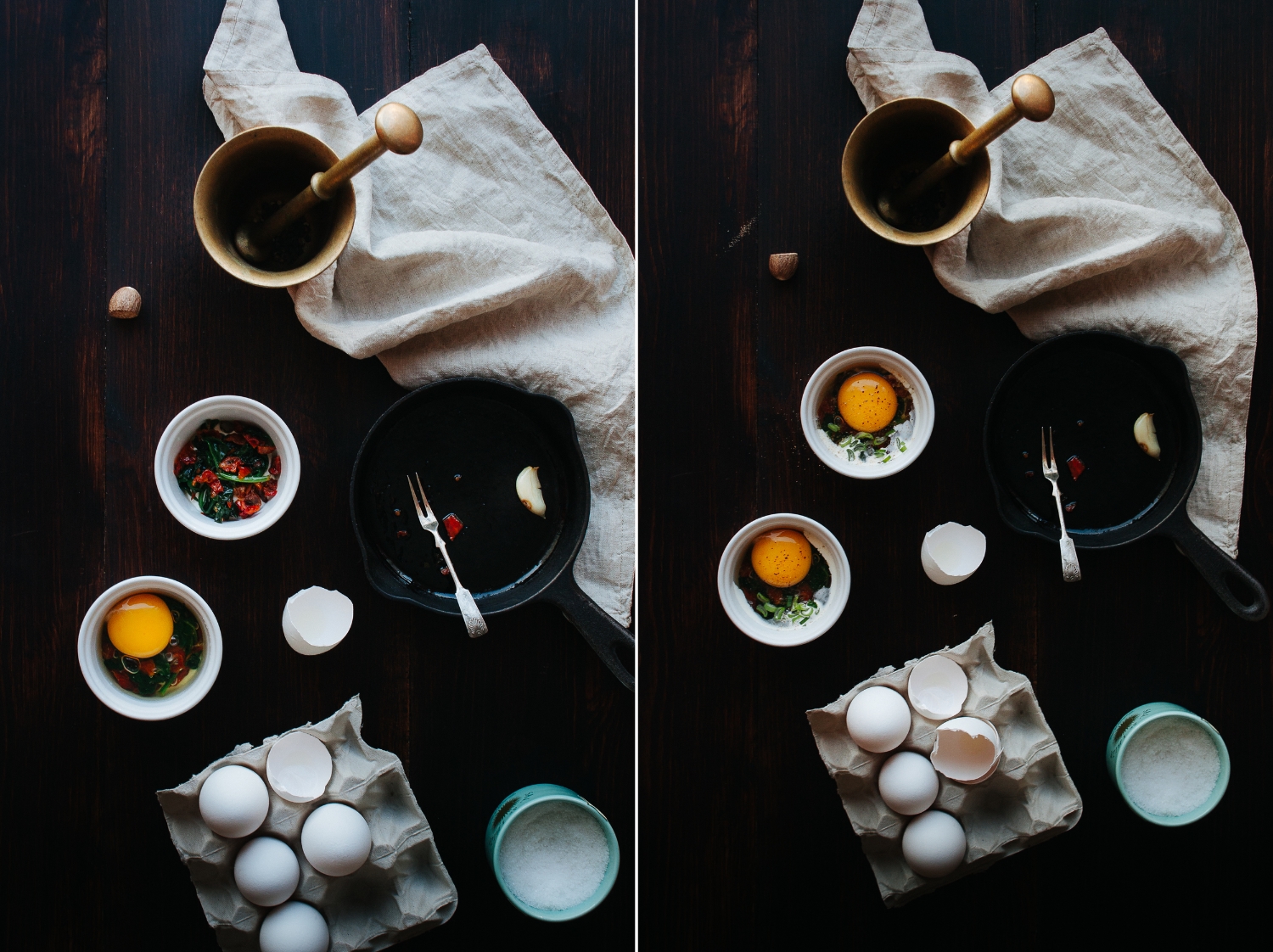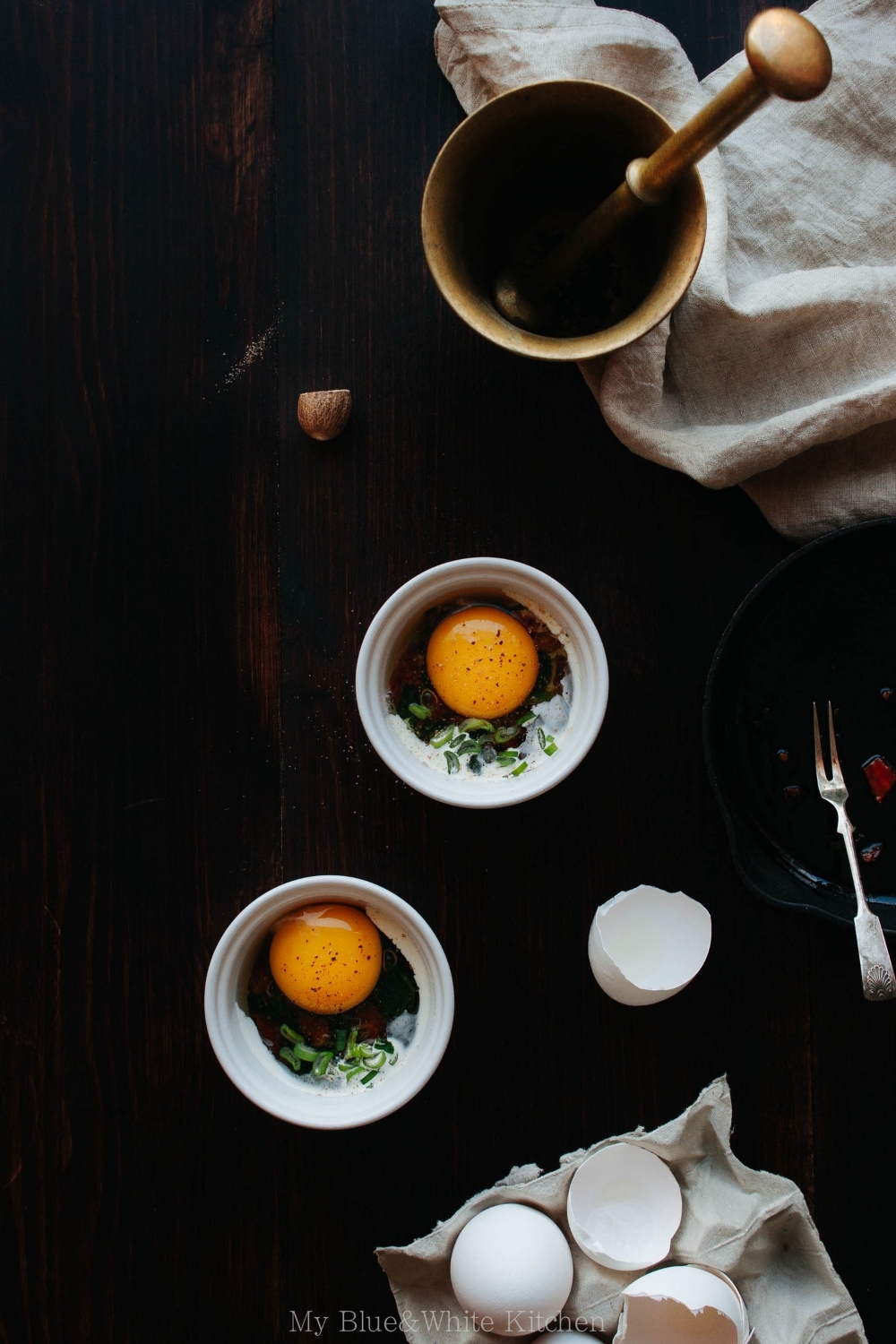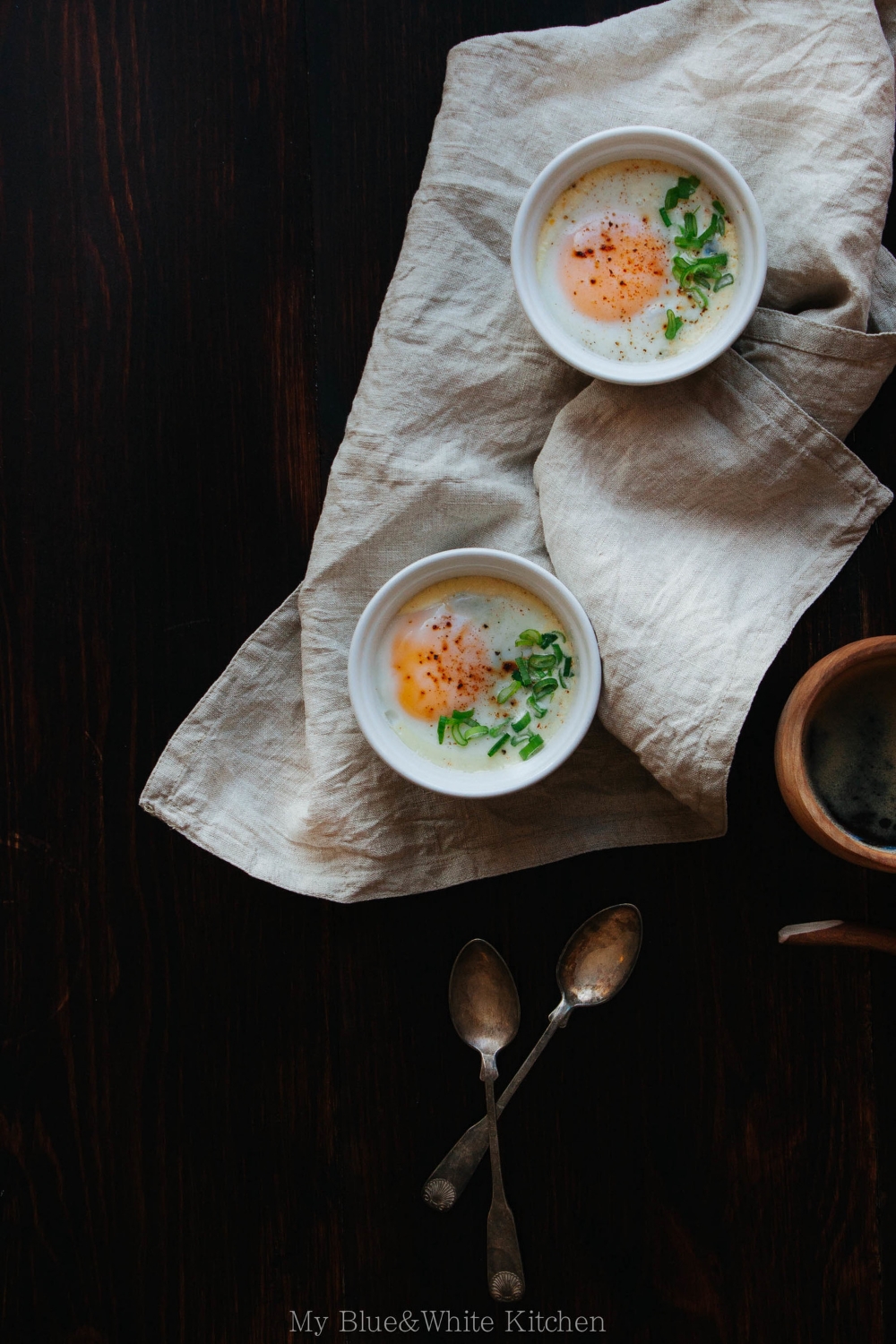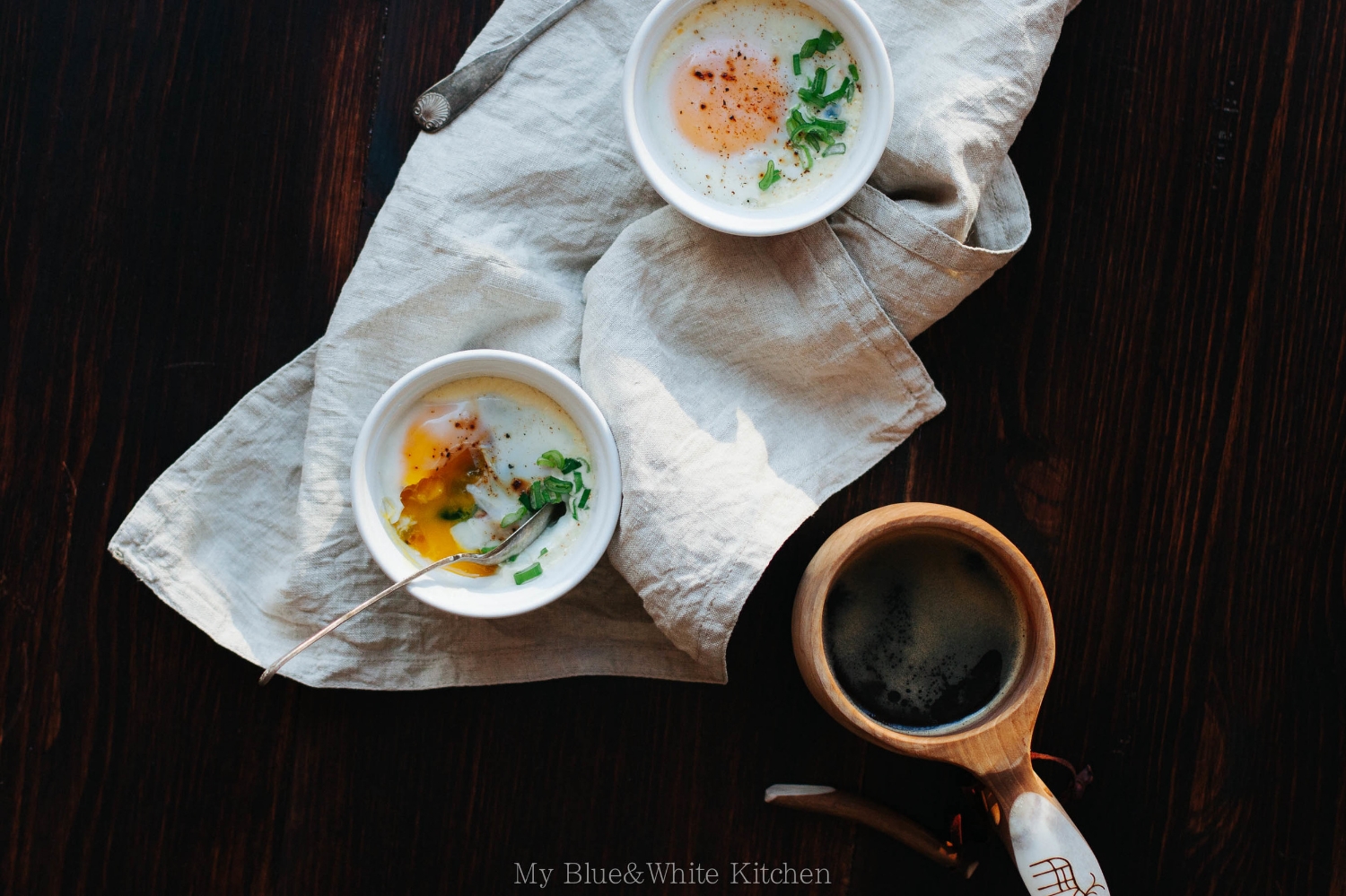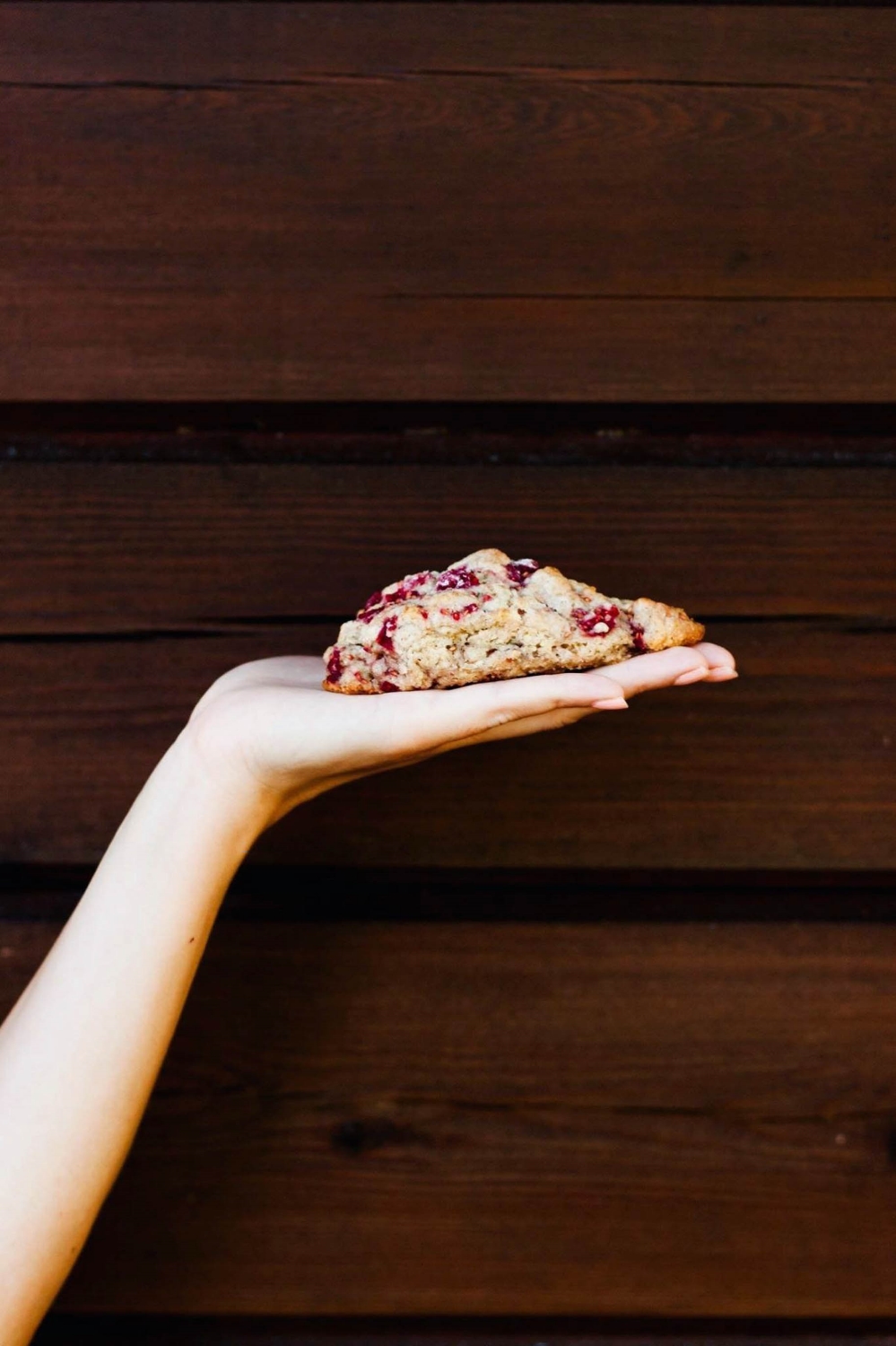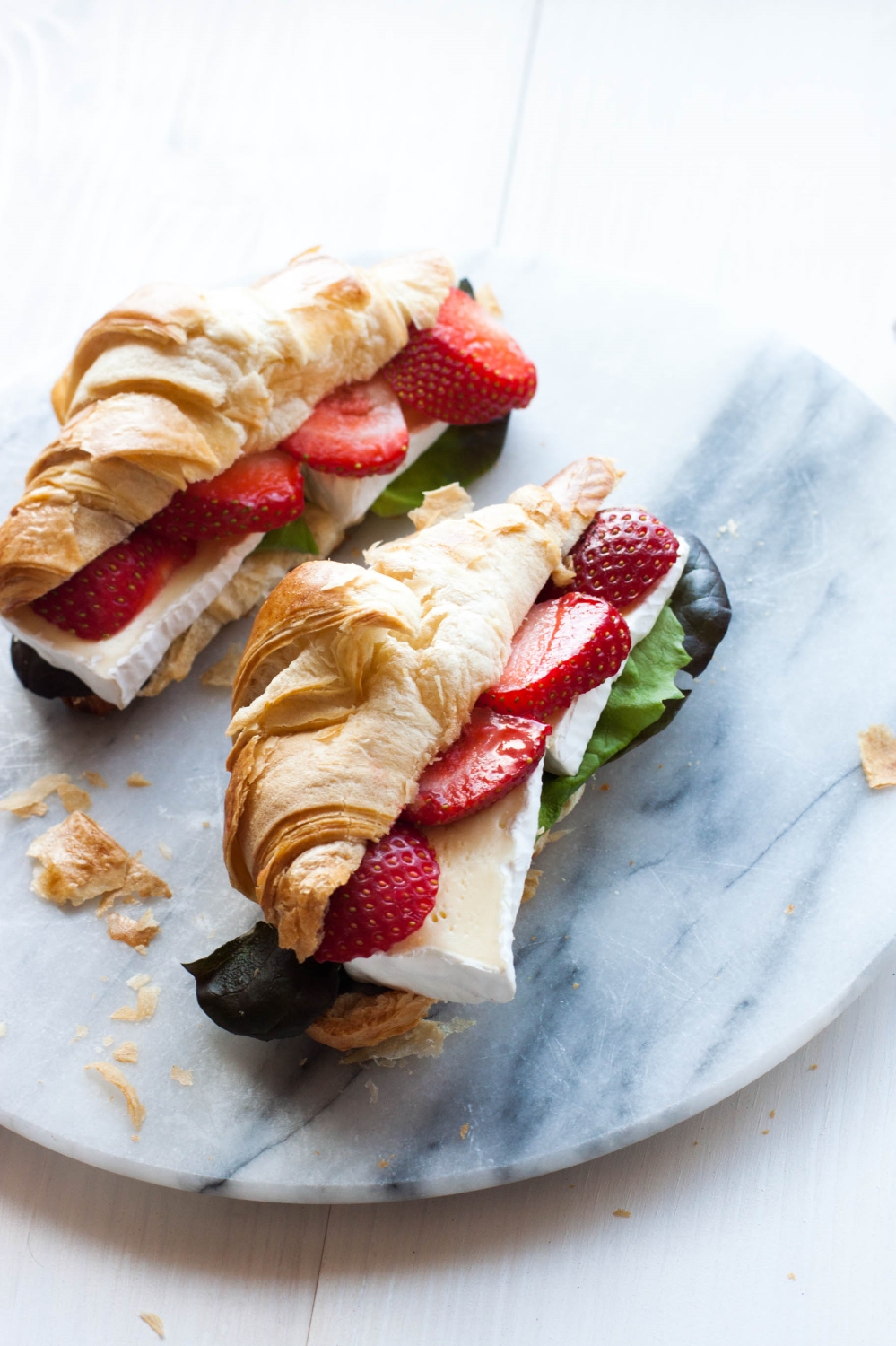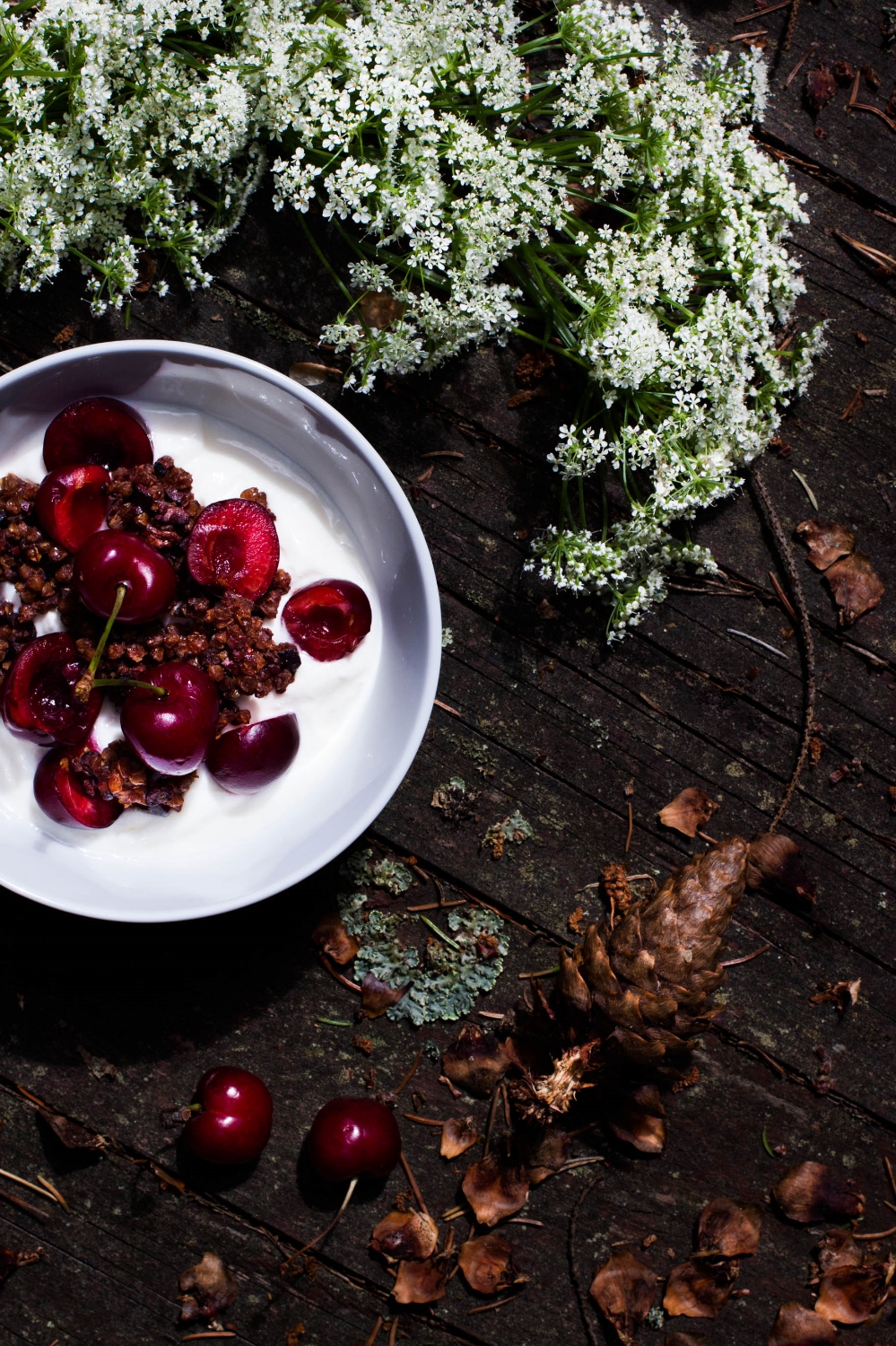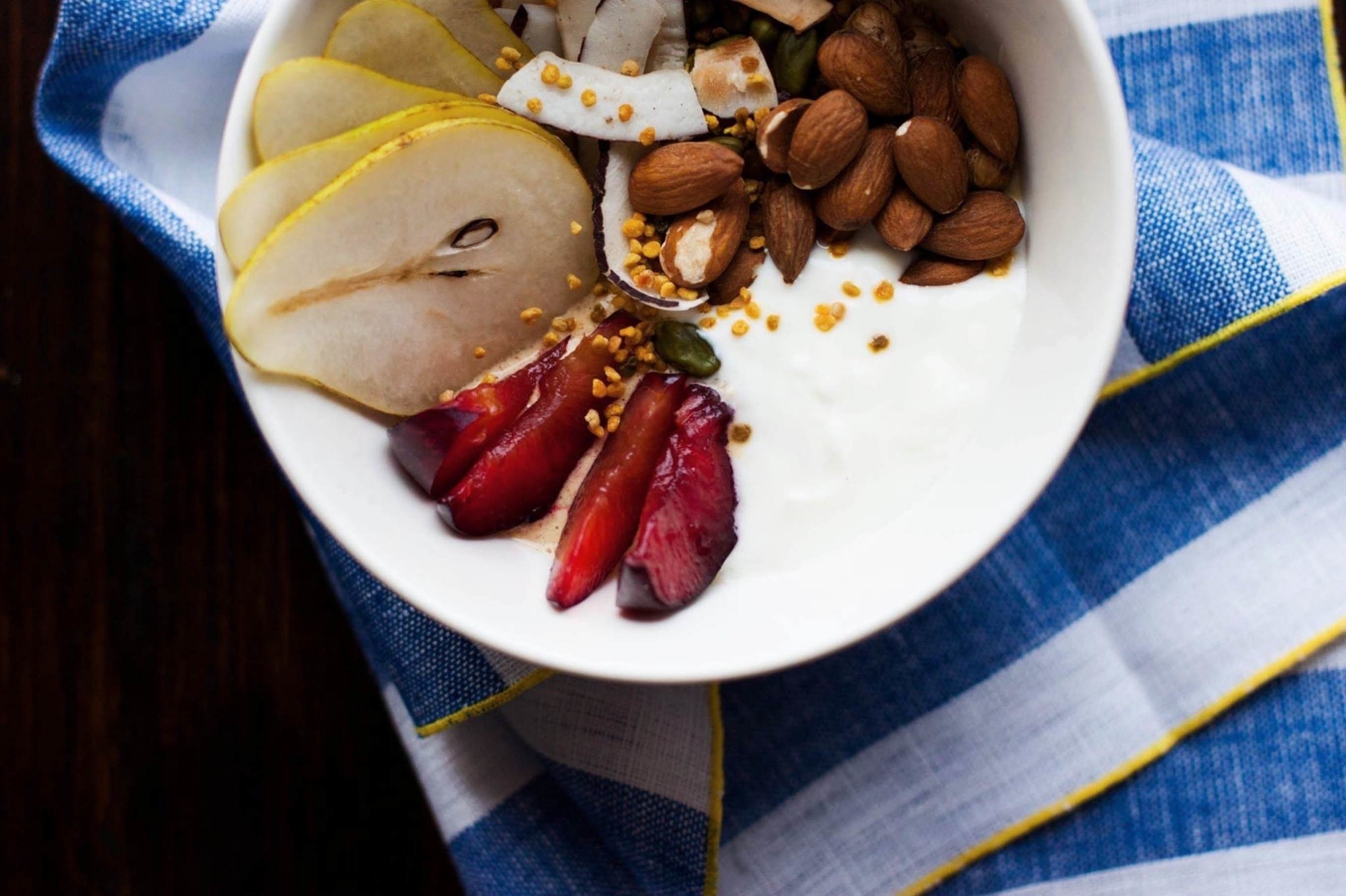I'm always fascinated by different food cultures around the world. How an ingredient that is so common in one corner of the world can be almost unknown or hard to come by in another. For me, fresh forest berries are no luxury, dill is a widely used and available herb, and baked goods are spiced with cinnamon and cardamom. However, I was probably a teenager when I had mung beans for the first time, I actually had my first oyster last weekend at The Cock (so good!), and I've never had grits.
For many years, pumpkin was a rather unfamiliar vegetable for me. I don't remember ever having it at home. Pickled pumpkin was served at school lunch every now and then but I don't know anyone who liked it... It was always a challenge to identify whether those orange cubes at the salad bar were pickled pumpkin or canned peach (that would have been a lucky day). Because of my very limited experiences (except that horrible pickled kind) with this fall veggie, I didn't like it. Like at all.
Nowadays, I make sure to never say that I don't like an ingredient. I rather prefer to say that I haven't found it prepared in a way that suits my taste. So when I traveled around eastern Canada and the U.S. for a couple of months some years ago, I thought that all these people can't be wrong about pumpkins. I just need to continue to try different dishes and preparation methods. So I started my own "give pumpkin a chance"-campaign which included ordering a pumpkin dish whenever I saw it on a menu. And what should I say, it worked and turned me into a pumpkin lover.
Today, we are having a virtual pumpkin party around the blogosphere. Countless food bloggers are sharing delicious pumpkin recipes - my mouth waters when I read through all those recipe titles! To keep up with all this awesomeness, follow us with the hastag #virtualpumpkinparty. Also, a huge thank you to Sara of Cake Over Steak for organizing this event!
Some of my favorite #virtualpumpkinparty recipes include:
A Couple Cooks – Pumpkin Spice Almond Butter
Two Red Bowls – Pumpkin & Caramelized Onion Galette
I am a Food Blog – Roasted Pumpkin & Pork Stuffed Shells
Warm Vanilla Sugar – Dulce de Leche Pumpkin Ice Cream + Affogato
The Bojon Gourmet – Pumpkin Flatbread with Gruyère & Crispy Sage
le ju's d'orange – Lentil Stuffed Acorn Squash & Crispy King Oyster Bacon
Girl Versus Dough – Pumpkin Challah
I decided to make a bowl of comforting, lovely fall risotto. This right here is comfort food at its very best. It's like a warm hug. Oh and before one of you guys shouts "Hey, she's using butternut SQUASH instead of pumpkin!", I have to tell you that it was only when I did some research for this post that I learned that the word pumpkin means those round squash plants, like the ones you see around Halloween. So let's just pretend I'm Australian and that by "pumpkin" I mean all types of winter squash. Okay? Okay.
As the days are crisp, I find myself preparing risotto almost every week. For some reason this Italian classic seems to scare many home cooks, although there really is no reason to be scared. Risotto is easy to prepare as long as you follow a few important guidelines:
- use specific risotto rice, such as Carnaroli or Arborio
- always use warm stock, as cold stock will stop the cooking process, one ladleful at a time
- stir it every now and then to get that creamy texture everybody looks for – however, there's no reason to stir it constantly
When you learn how to prepare a basic risotto, you'll have a whole world of delicious, comforting Italian goodness ahead of you! As Valentina of Hortus has done a great job in listing and explaining the main steps of any successful risotto, I'll not gonna list them here as well. I hope that you'll find the confidence to make risotto that suits the season and your personal preferences at any day of the week.
Roasted Pumpkin Risotto with Crispy Prosciutto
serves 4–6
You can use basically any winter squash. Personally, I like to use butternut squash or acorn squash. I prefer to use chicken stock, as I feel that it adds more flavor, but feel free to use vegetable stock instead. The butter at the very end is optional but makes this risotto feel extra special.
about 450 g (1 lb) winter squash, peeled, seeds and pulp removed, & cut into 1,5 cm/0,6" cubes
olive oil
fine sea salt & pepper
a small handful of thyme sprigs
2 tbsp olive oil
1 large shallot, chopped
300 g risotto rice, such as Carnaroli or Arborio
120 ml (½ cup) dry white wine
1,5 l (6 ⅓ cups) chicken stock
zest of 1 organic lemon
40 g finely grated parmesan, plus more to serve
50 g butter, cubed
5 slices prosciutto, cut in about 1 cm/0,4" pieces
Preheat the oven to 200°C (400°F). In a baking pan, toss the squash cubes with just enough olive oil to coat the pieces completely. Salt and pepper and add thyme. Spread in a single layer. Roast for 30 to 40 minutes, or until cooked through and edges start to caramelize. Discard thyme stalks.
In a medium-sized frying pan, fry the prosciutto until crispy. Place on a sheet of kitchen paper to drain.
In a pot, bring the stock to a small simmer. Keep it warm over low heat.
Heat a medium-sized pot over low heat and cook the shallot in olive oil until soft and transluscent. Turn the heat to medium and add the rice. Toast for about 2 minutes, or until it turns translucent, stirring constantly. Add wine and stir until absorbed. Turn the heat back to low.
Add a ladleful of warm stock, stir, and wait until it's completely absorbed before adding the next ladleful. Repeat to add stock one ladleful at a time while stirring every now and then. Continue until the rice is al dente and the risotto is oozy. This will usually take 15 to 18 minutes. Should you run out of stock, continue with hot water.
Take the pot off the heat. Add the roasted pumpkin cubes. Stir in the lemon zest, parmesan and butter. Taste and add more salt if necessary. Pop the lid on and let rest for 2 minutes before serving. You should now be rewarded with a creamy, oozy risotto.
Serve topped with crispy prosciutto and grated parmesan.







